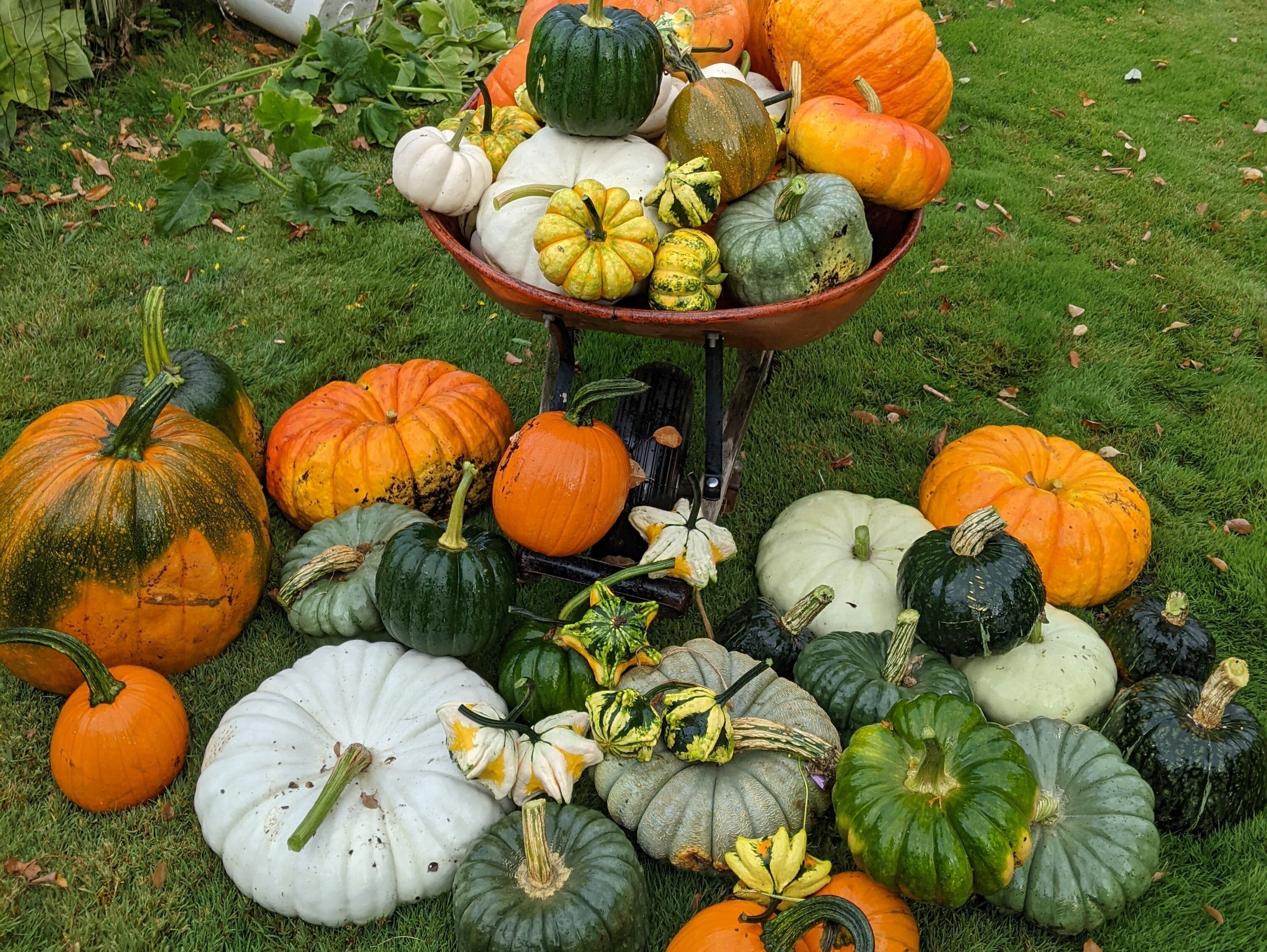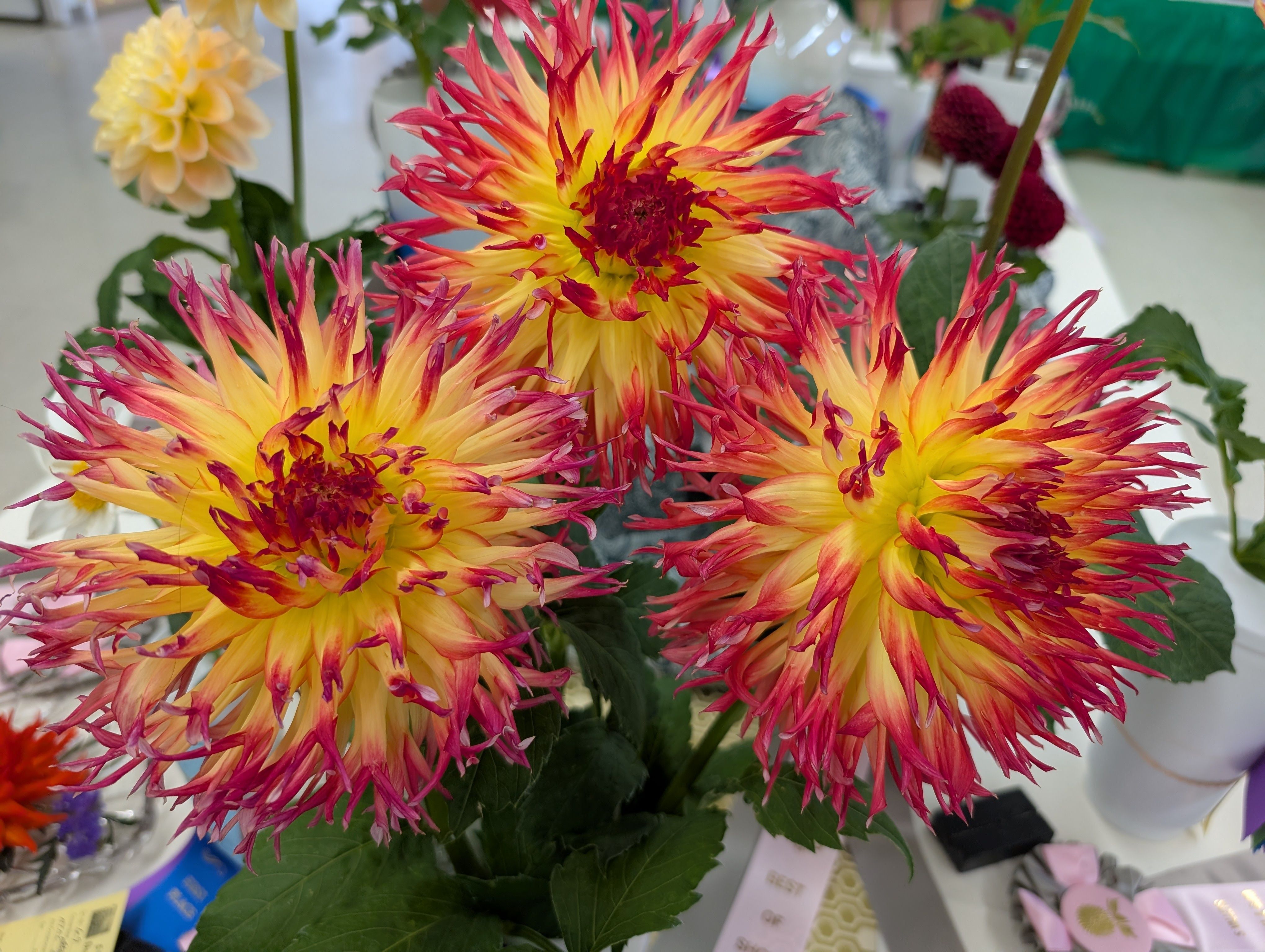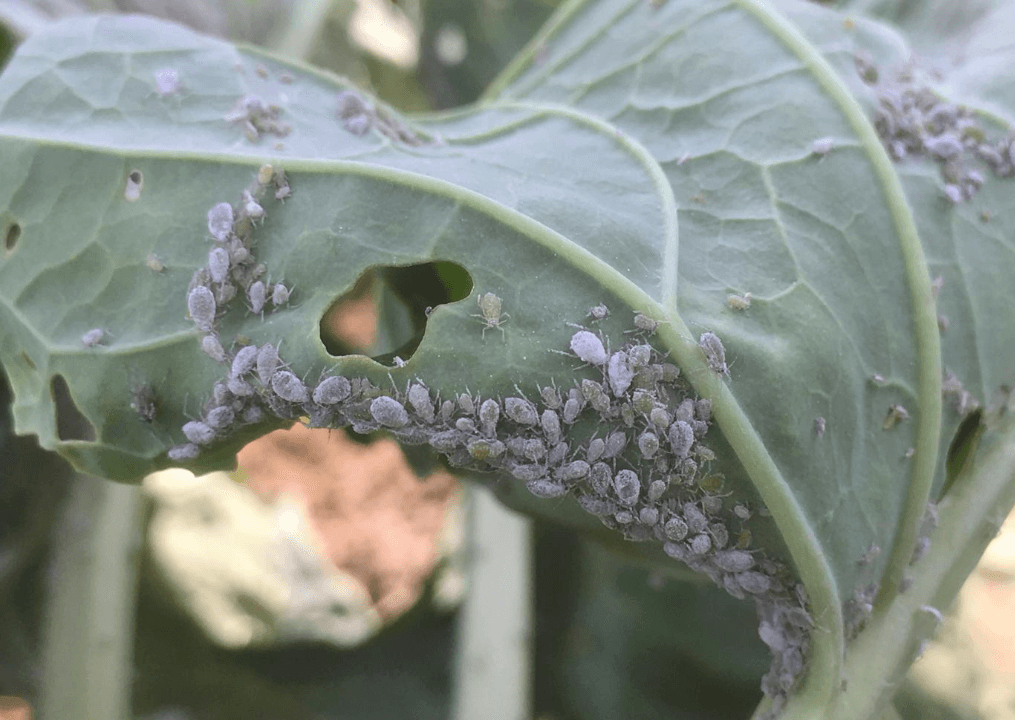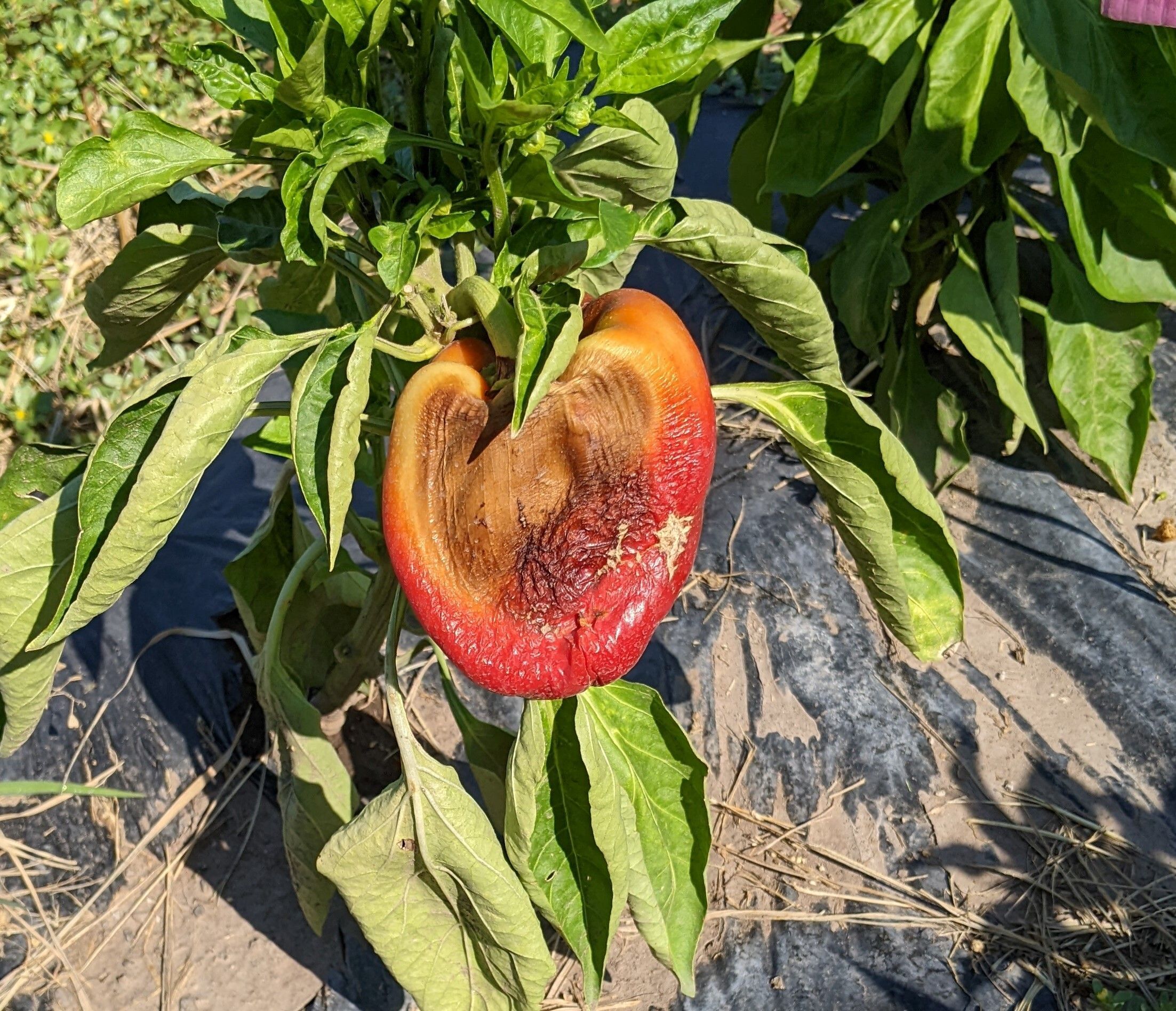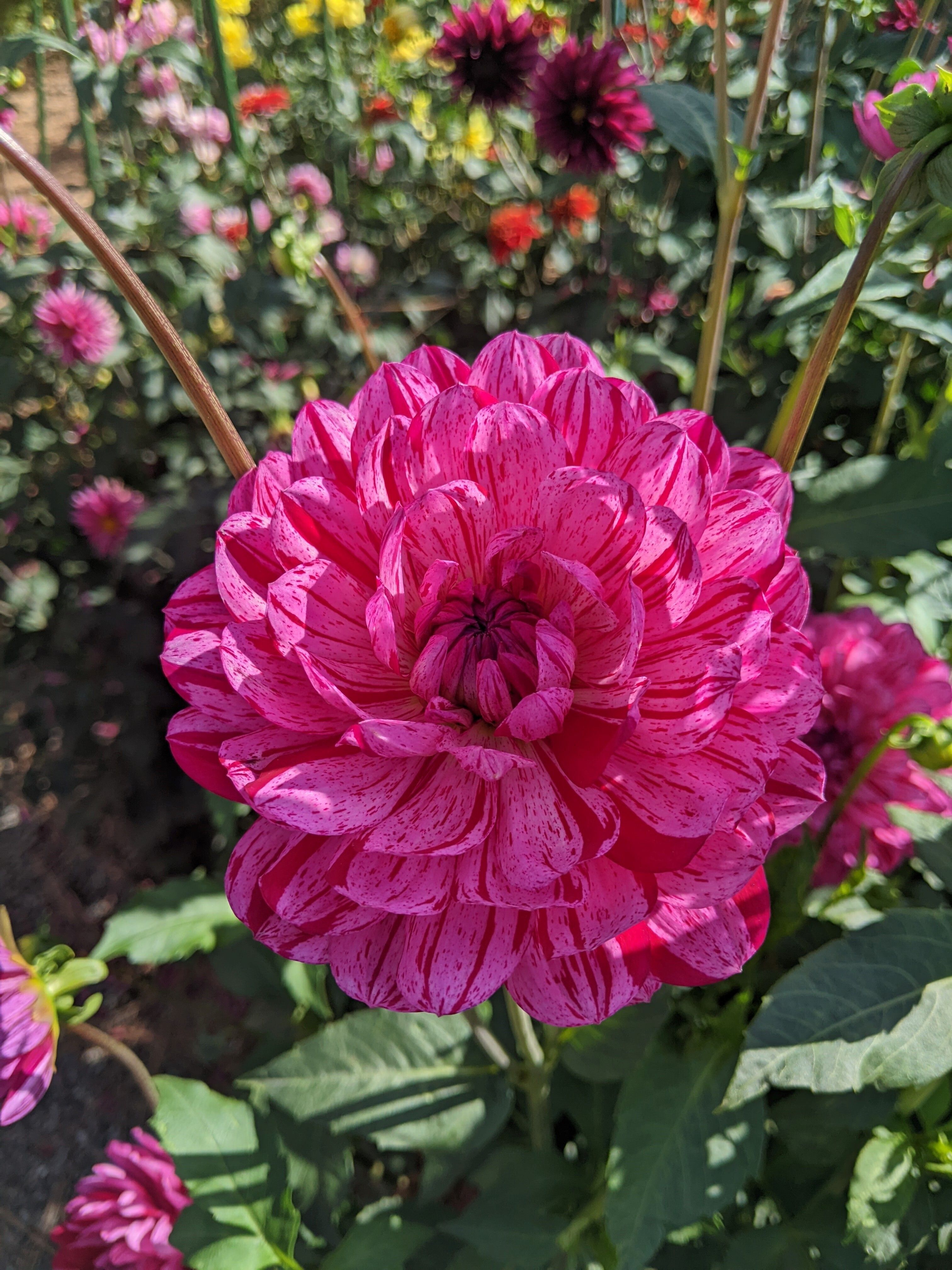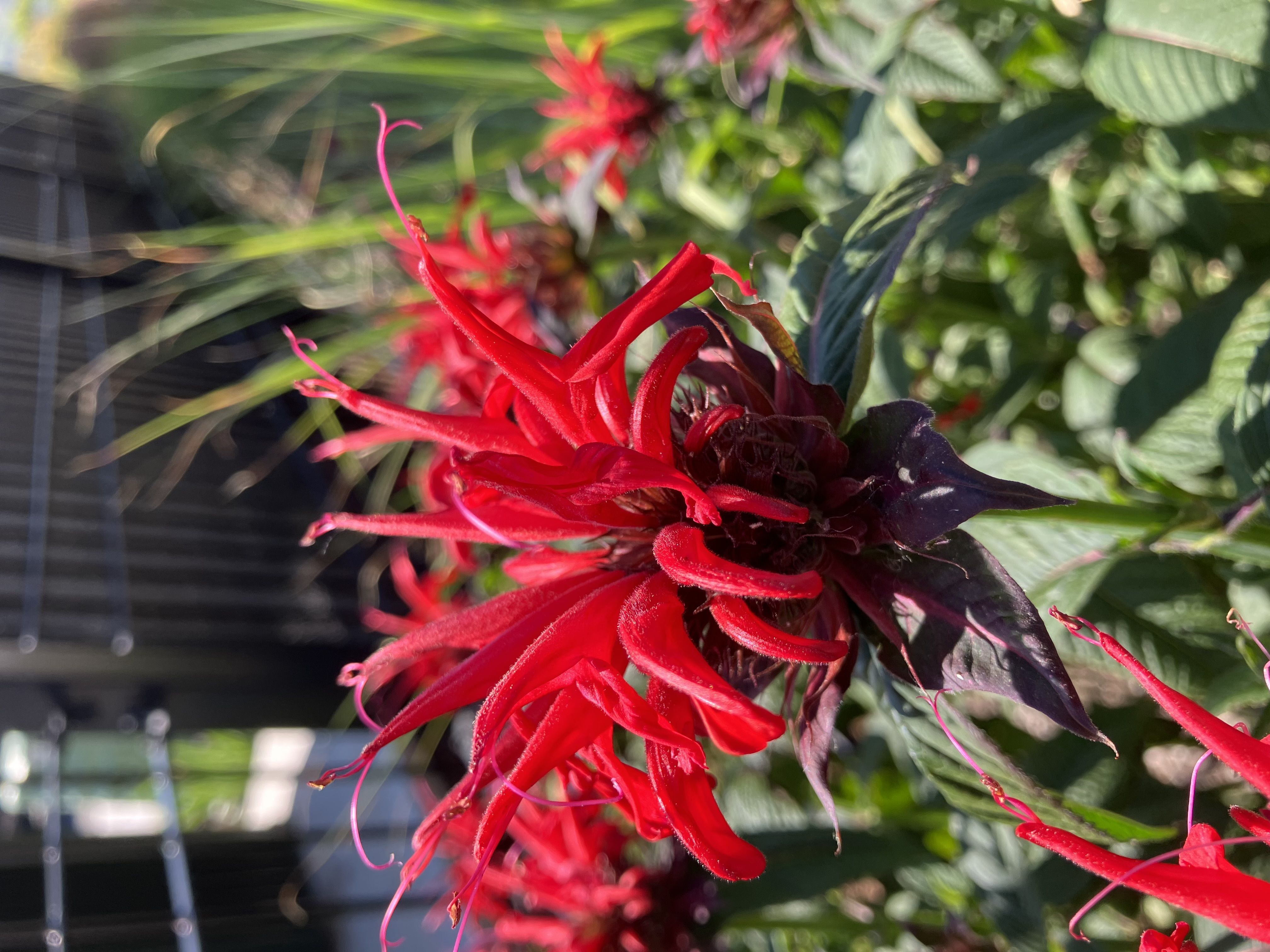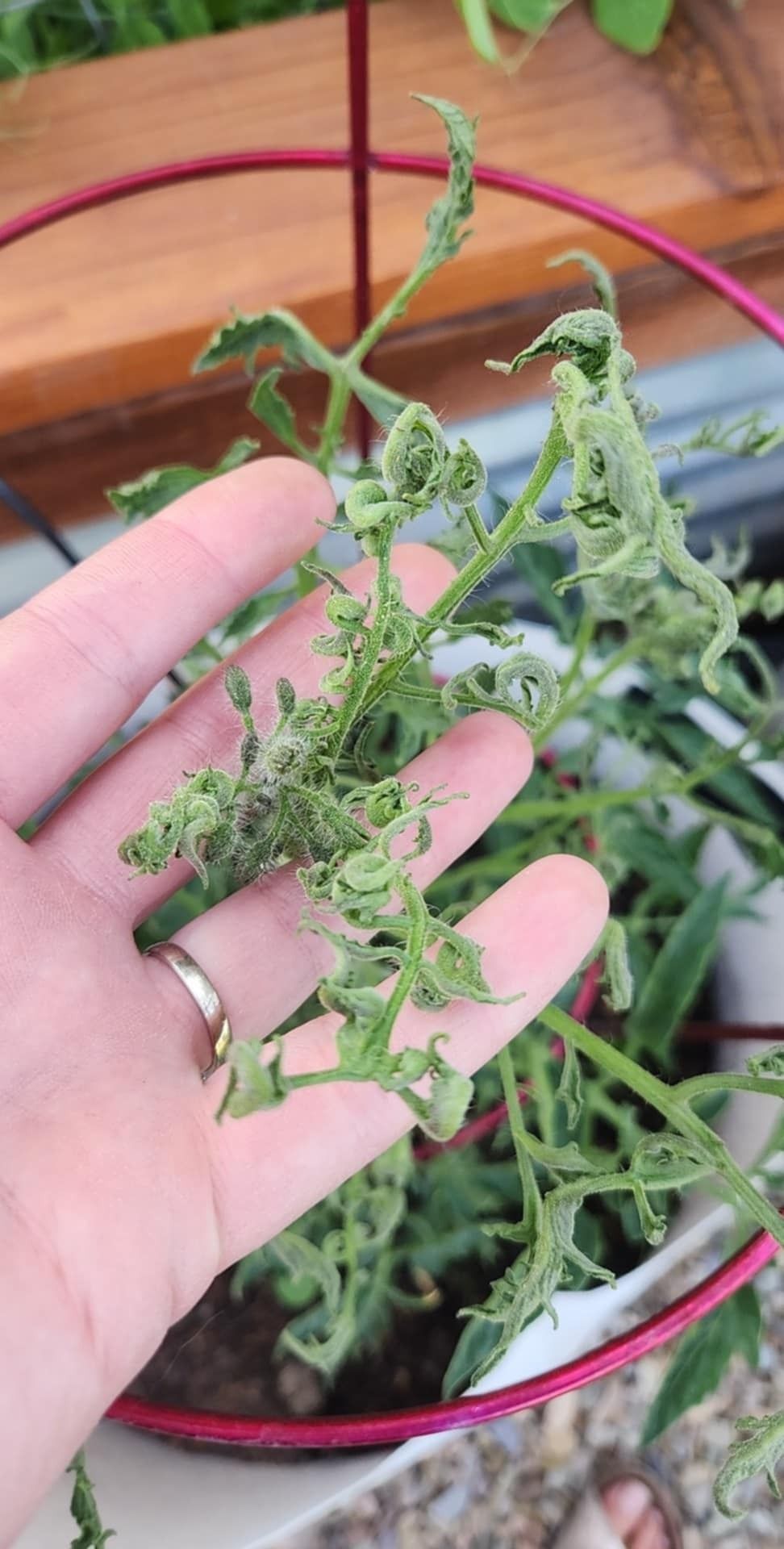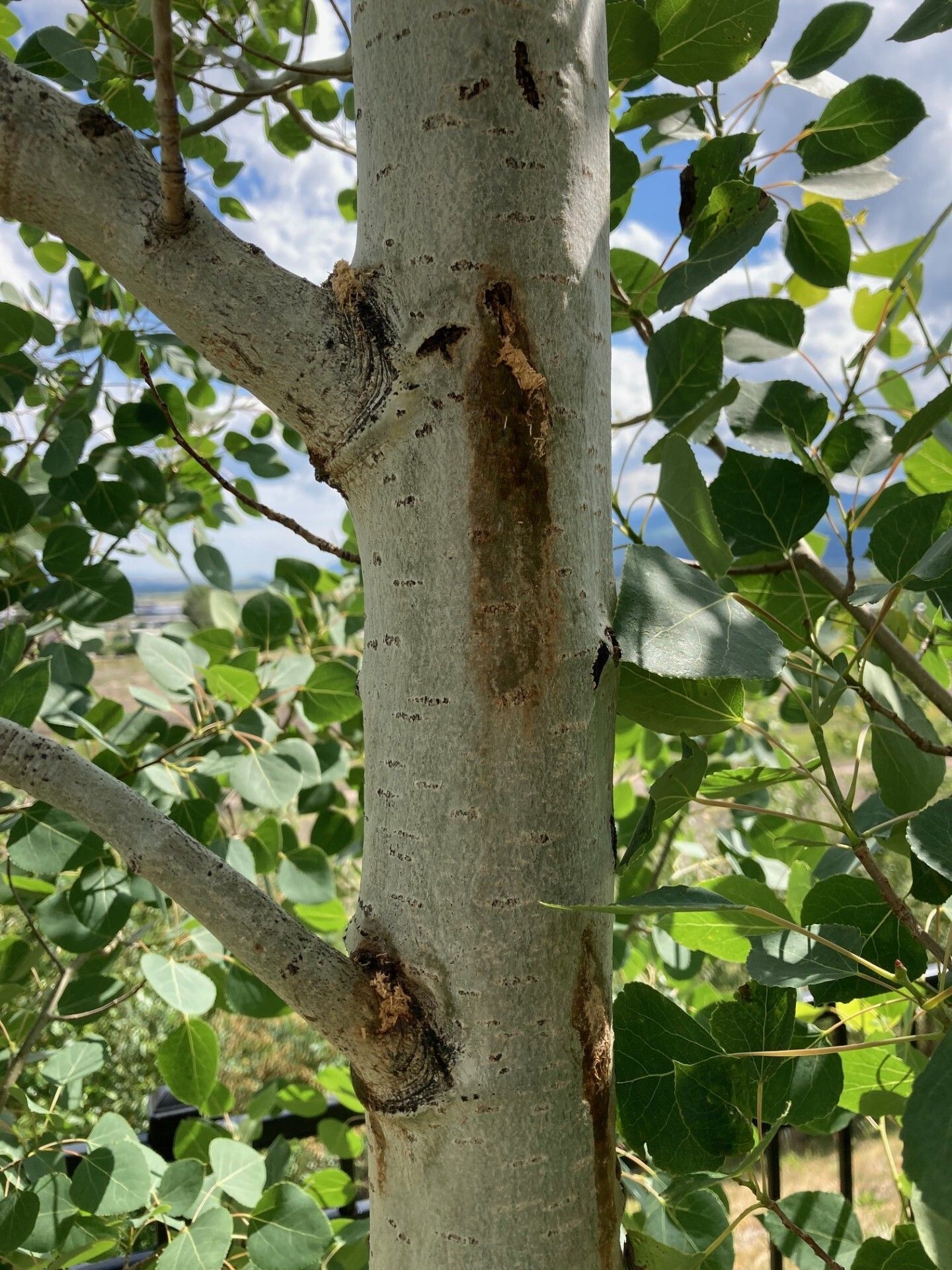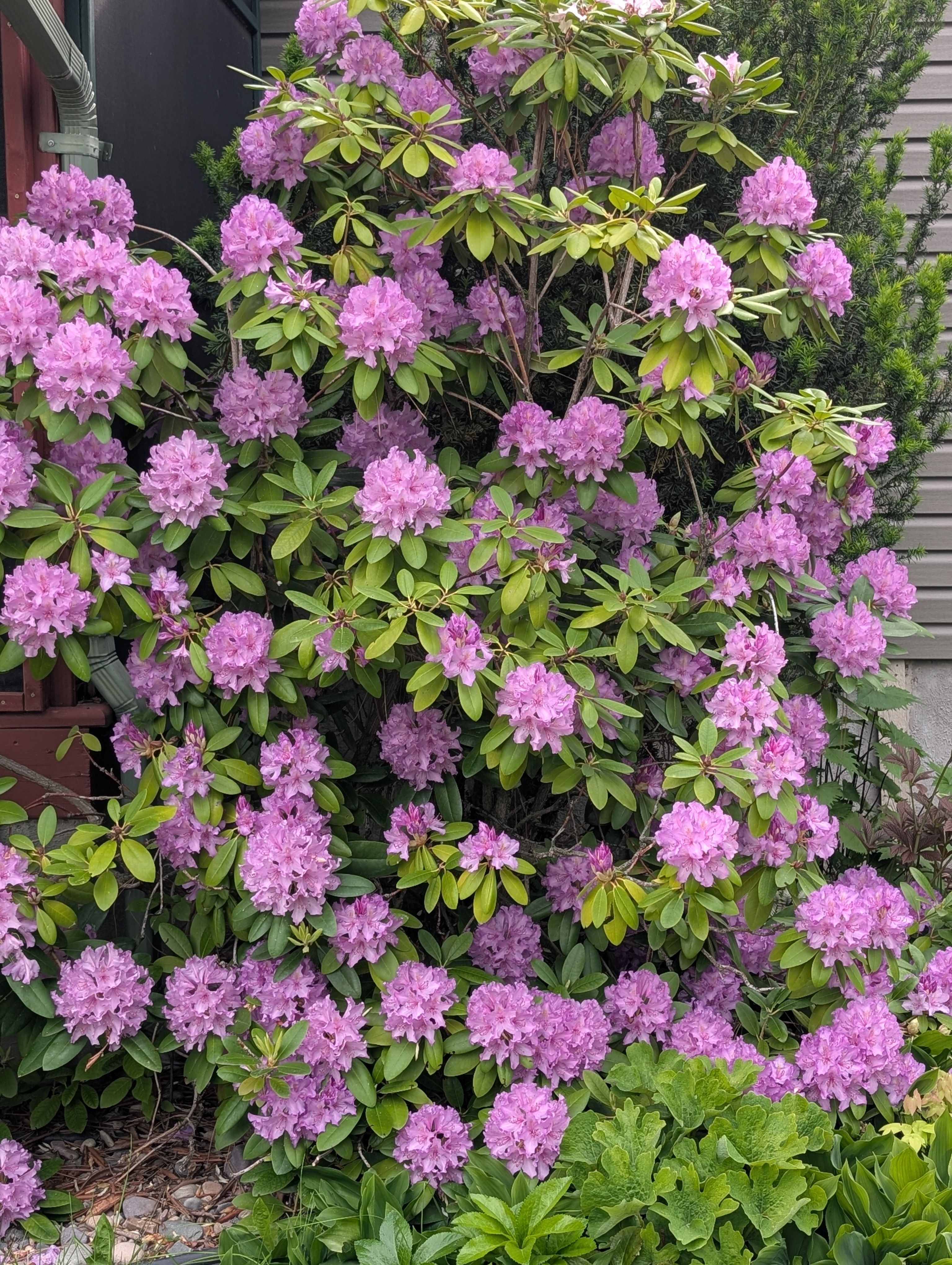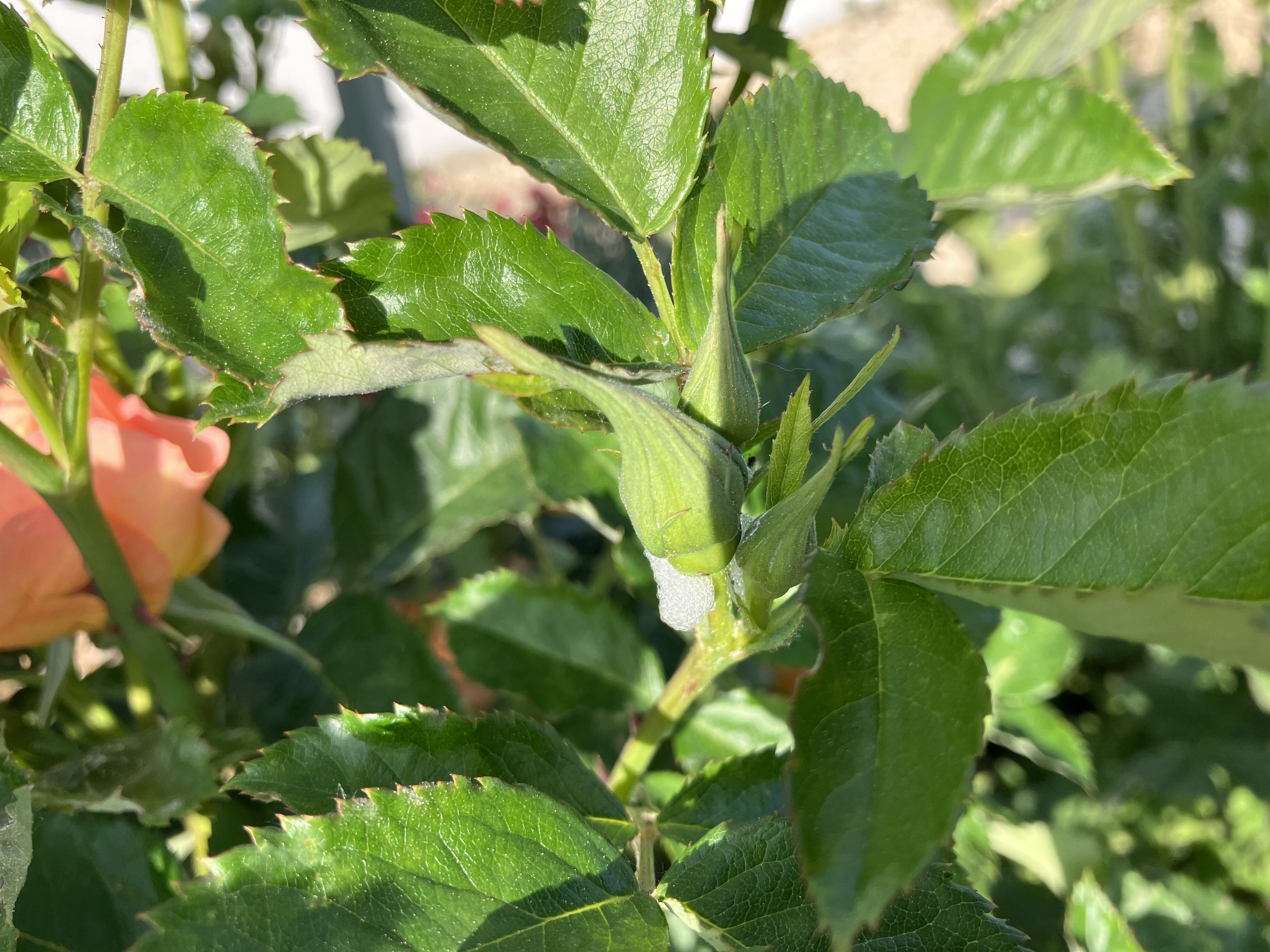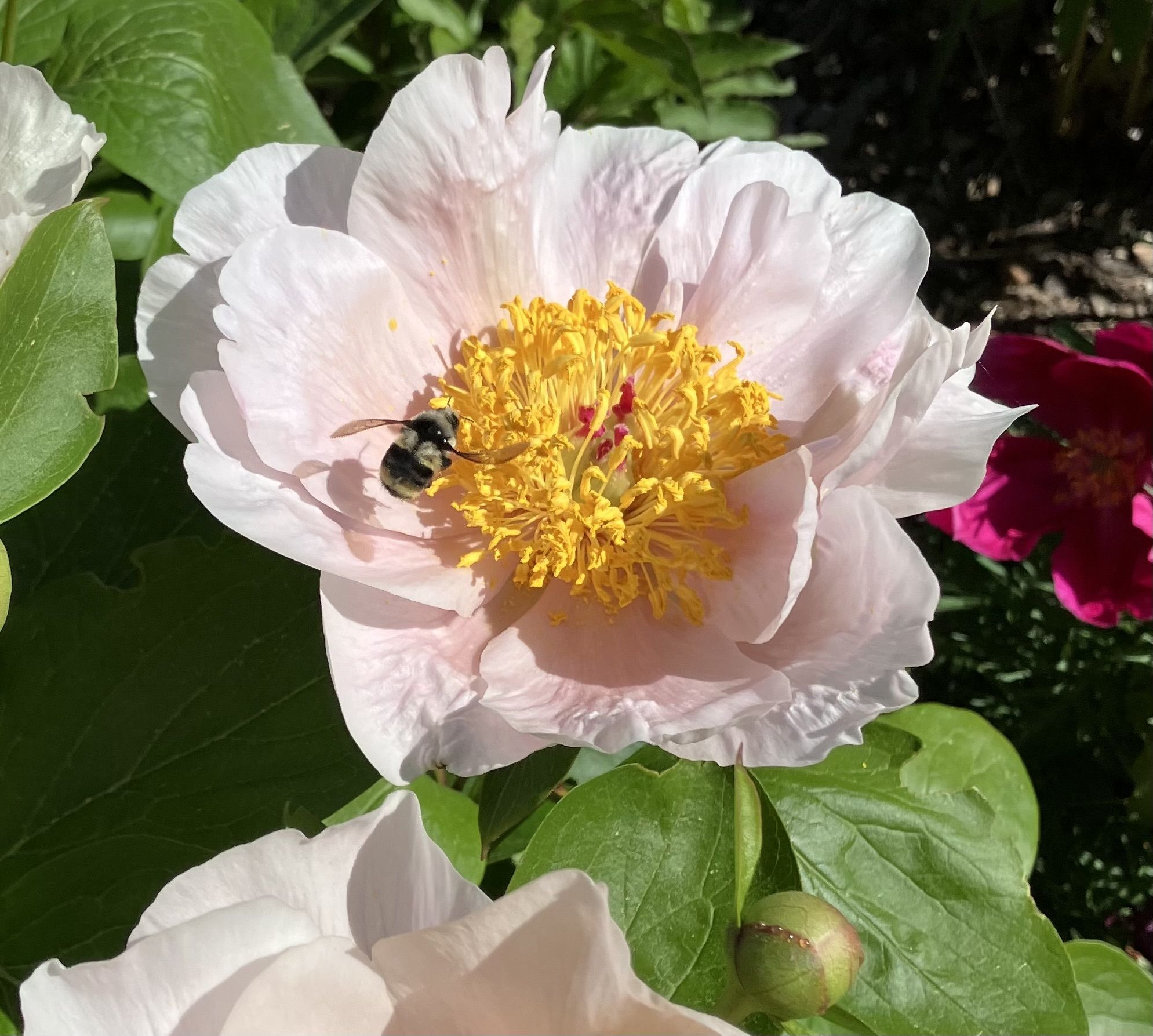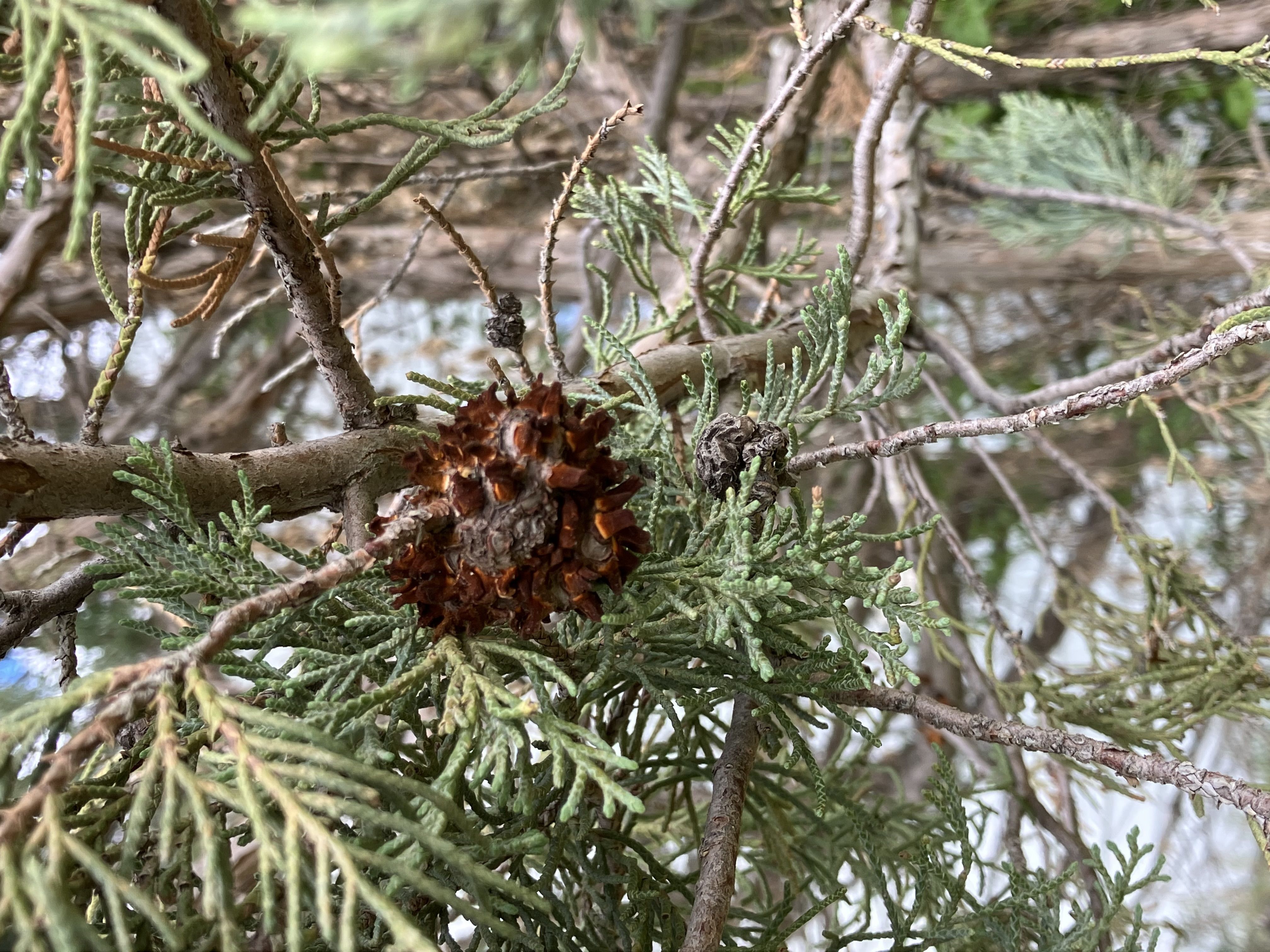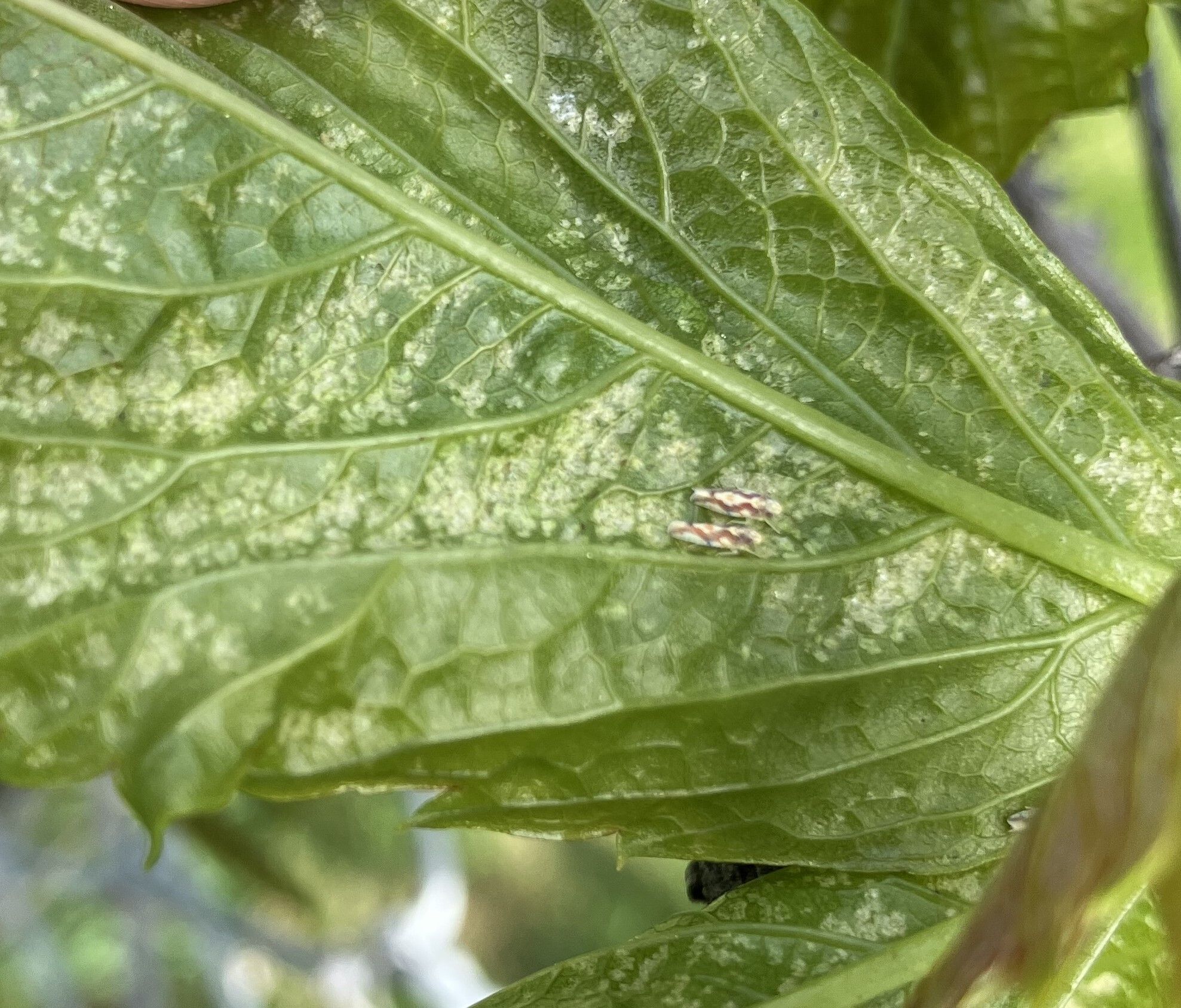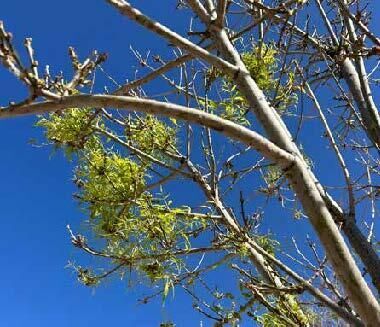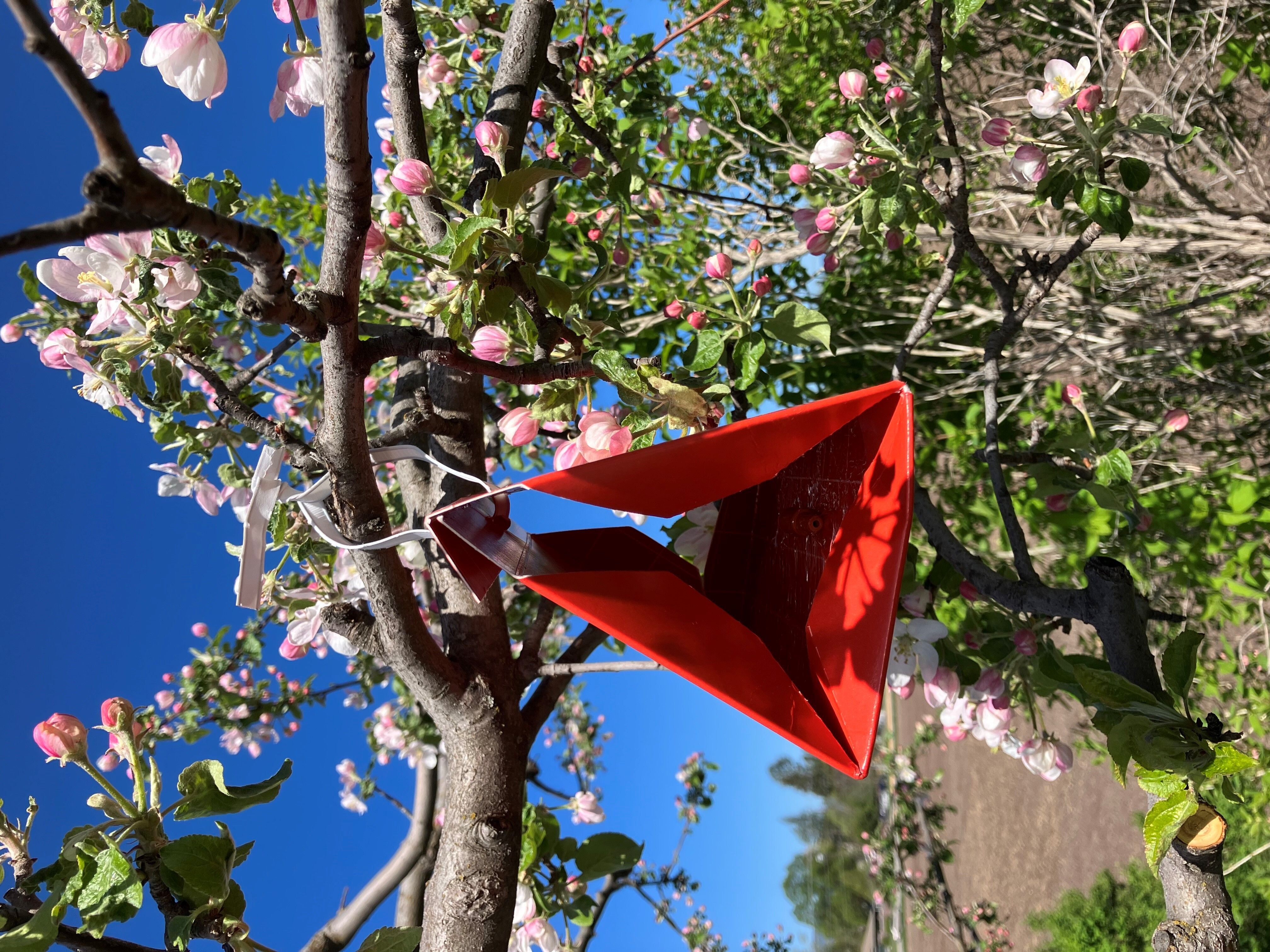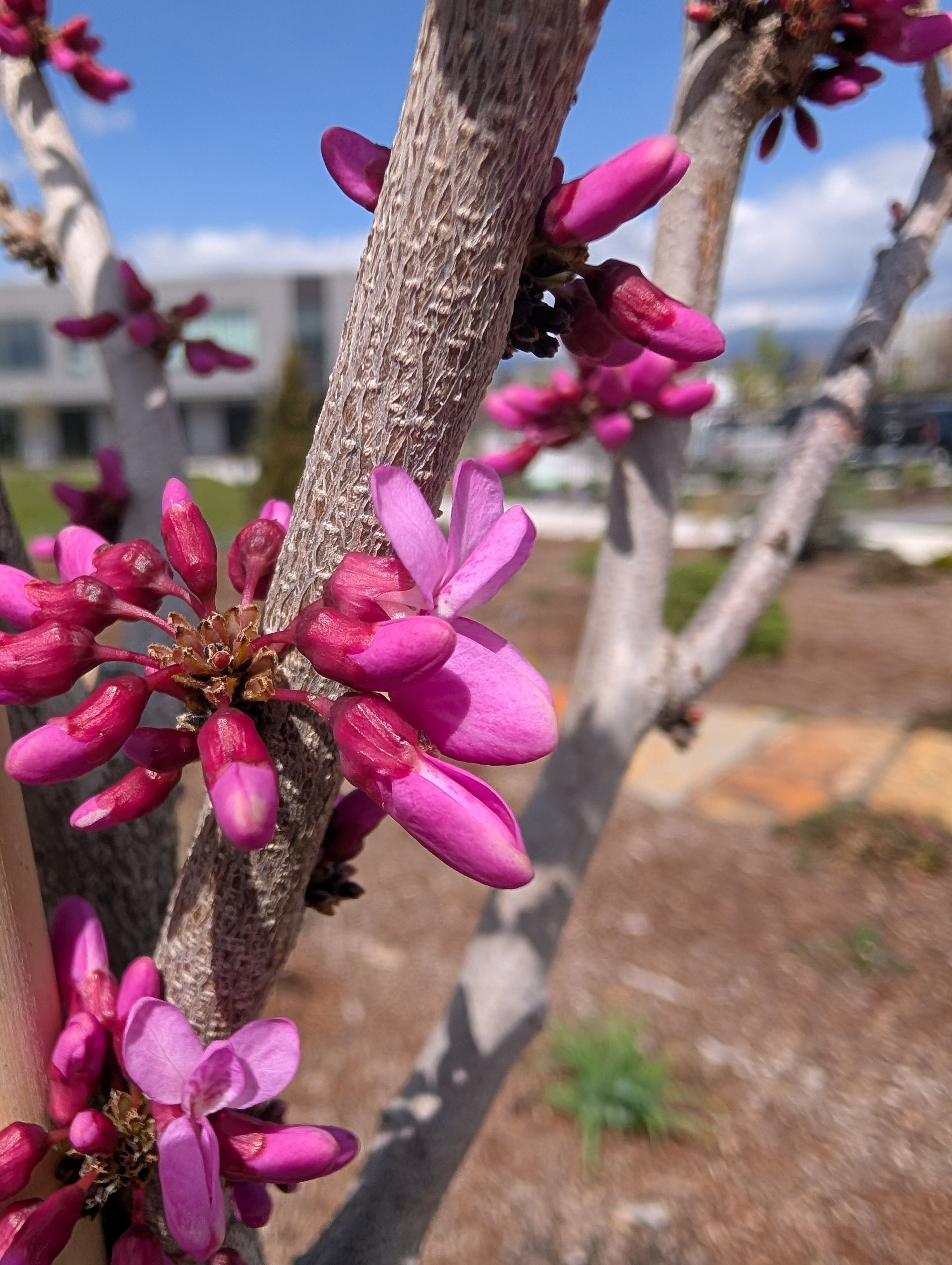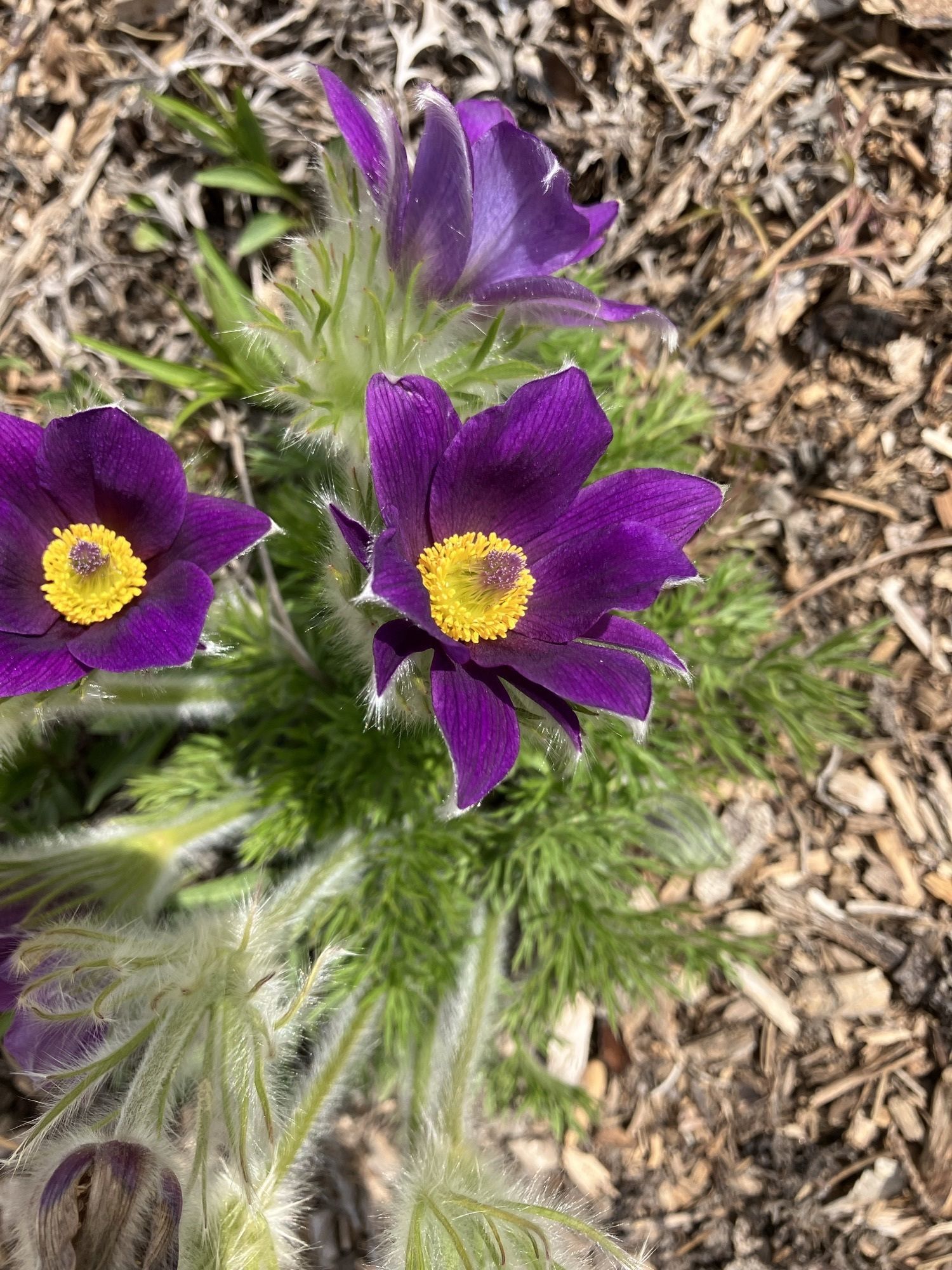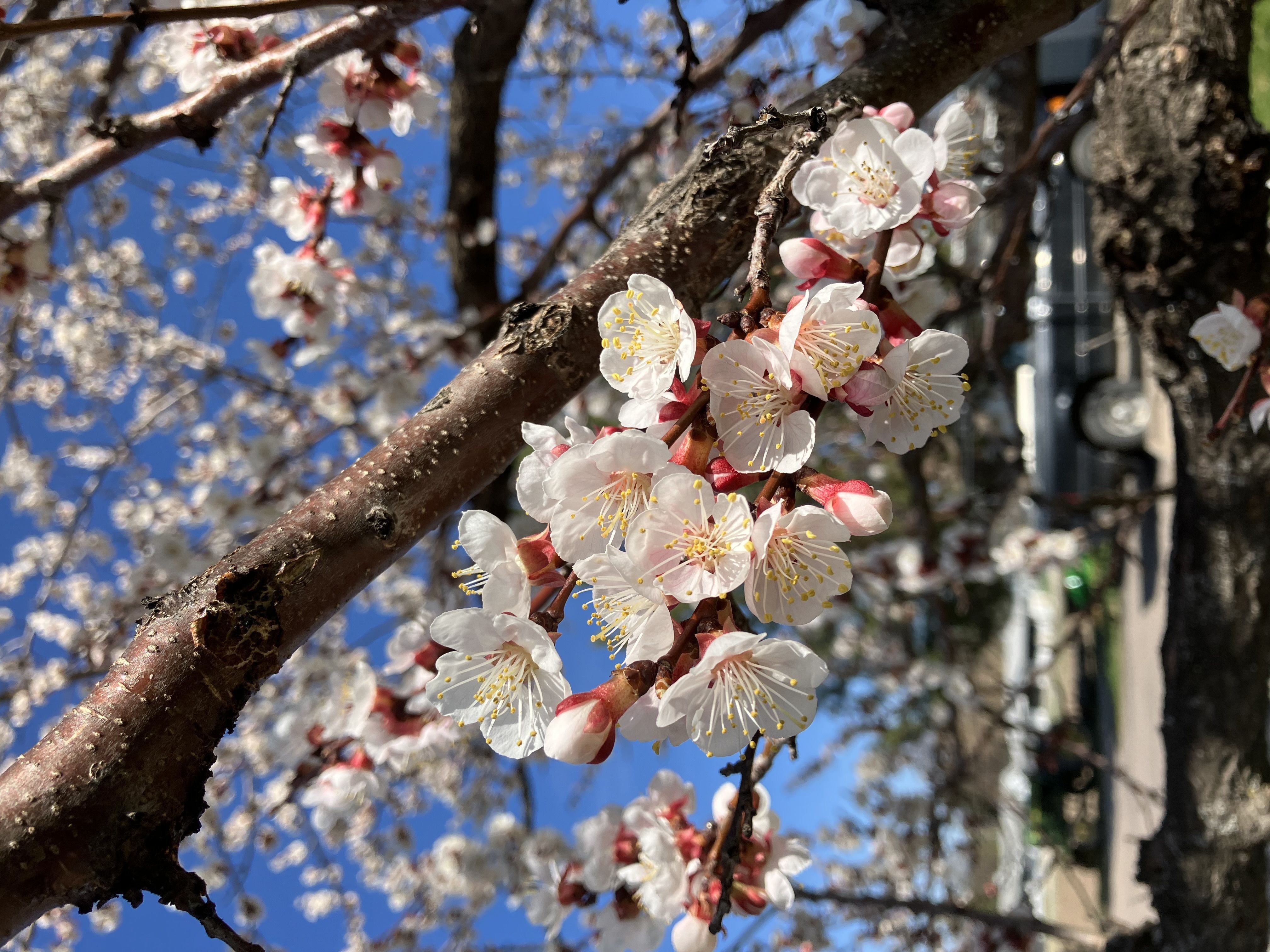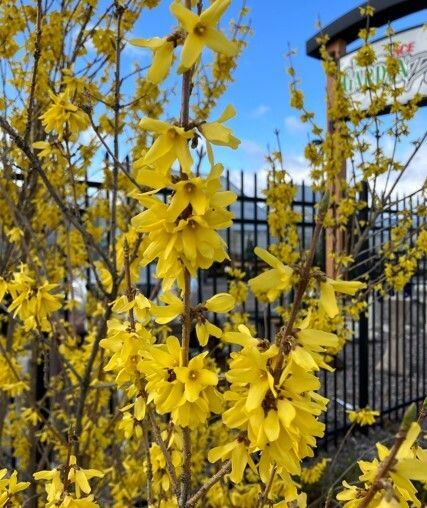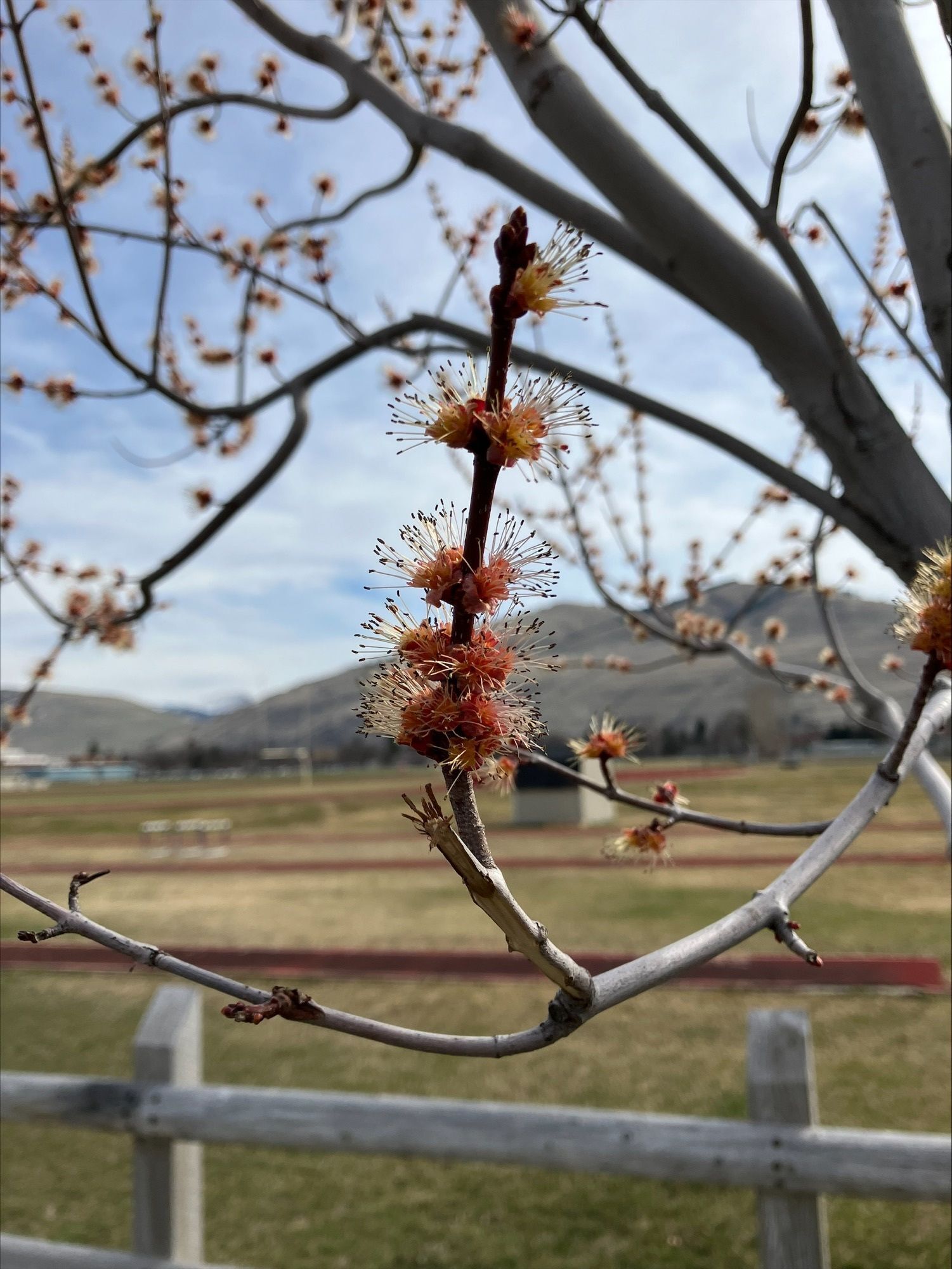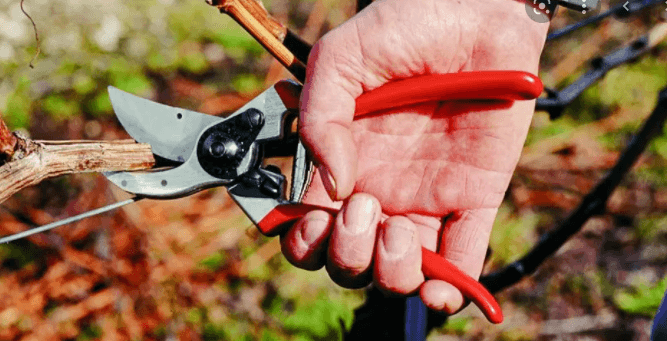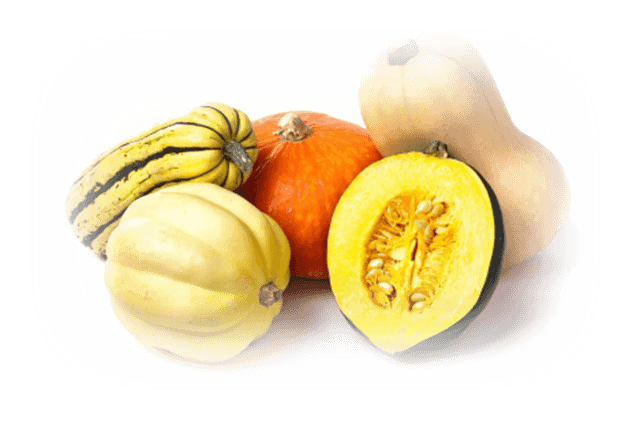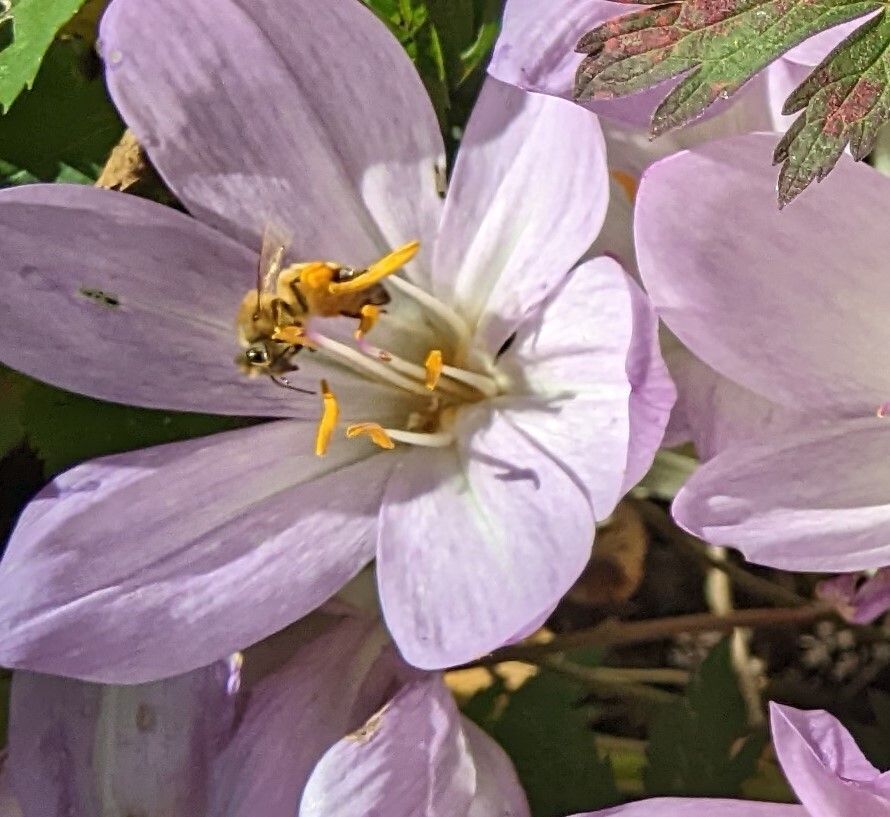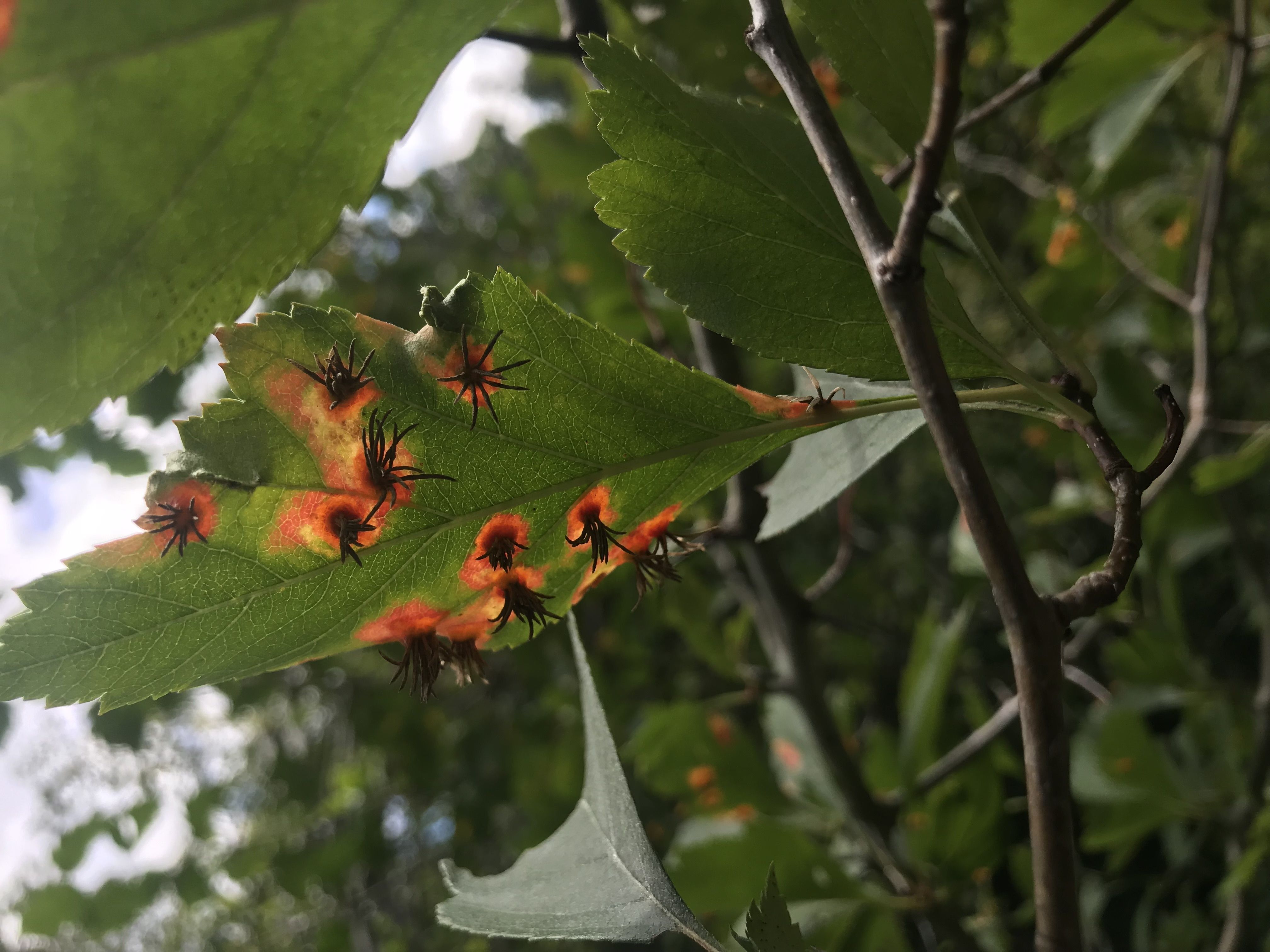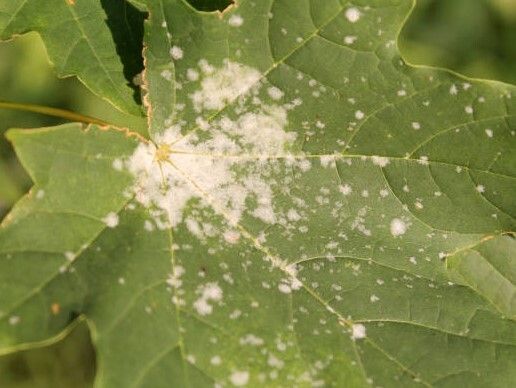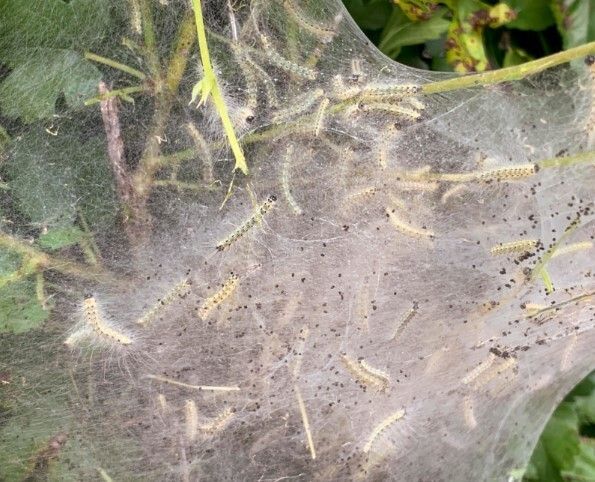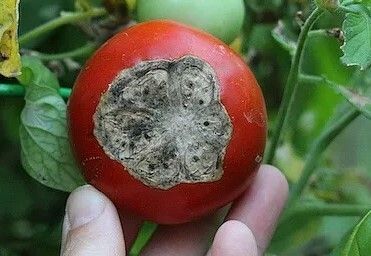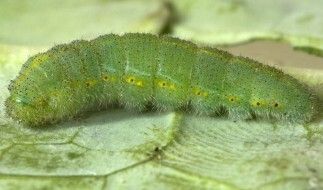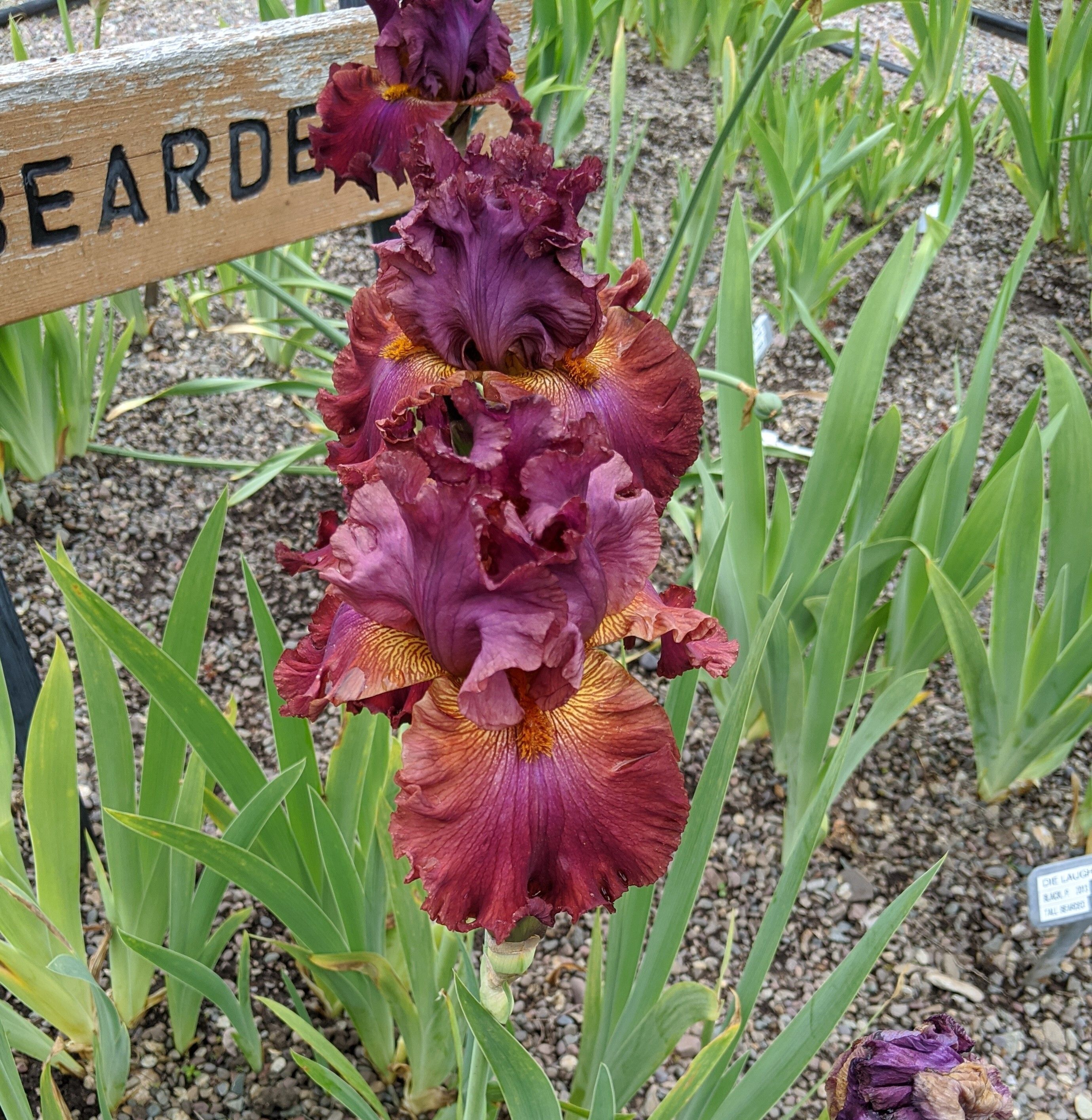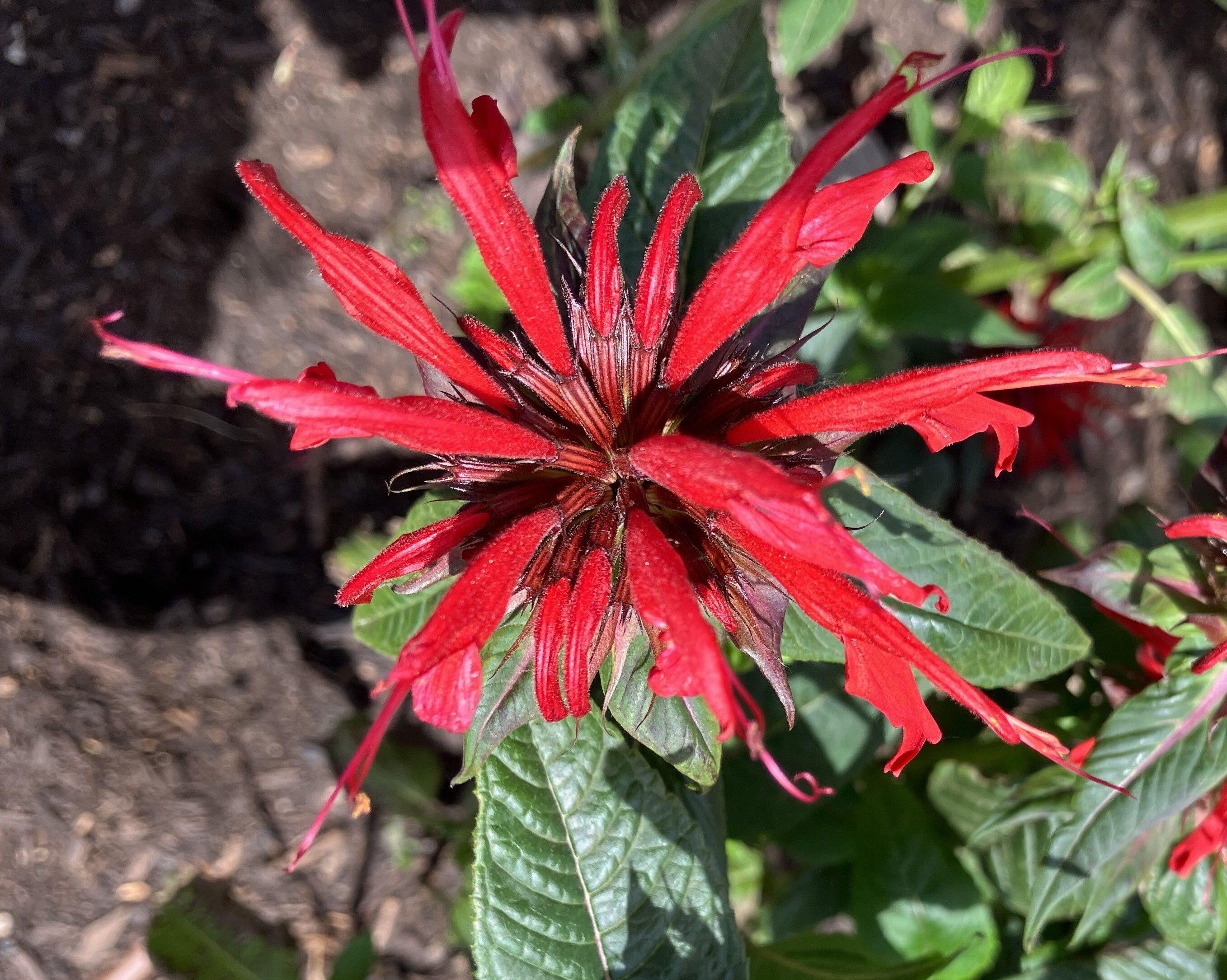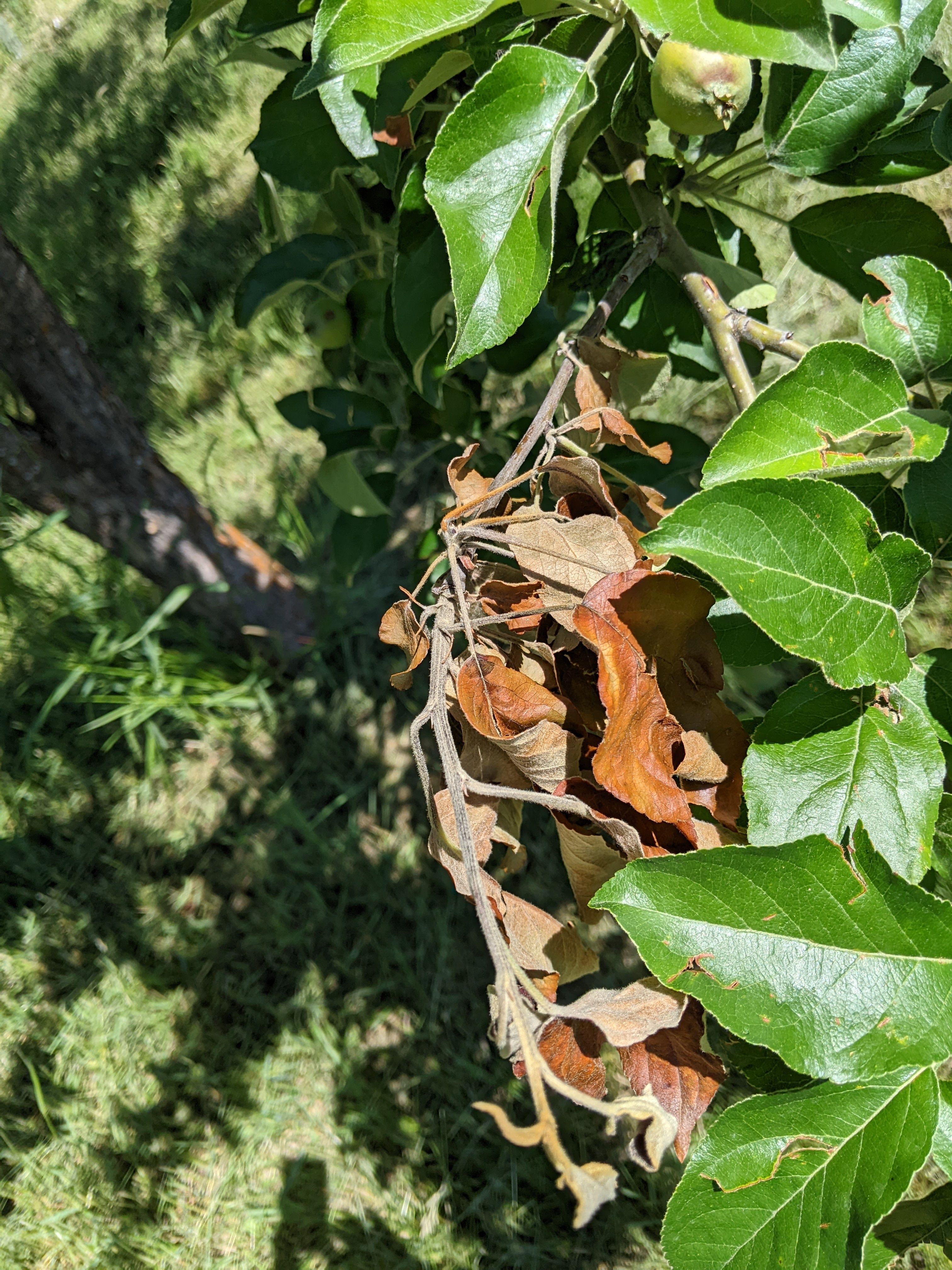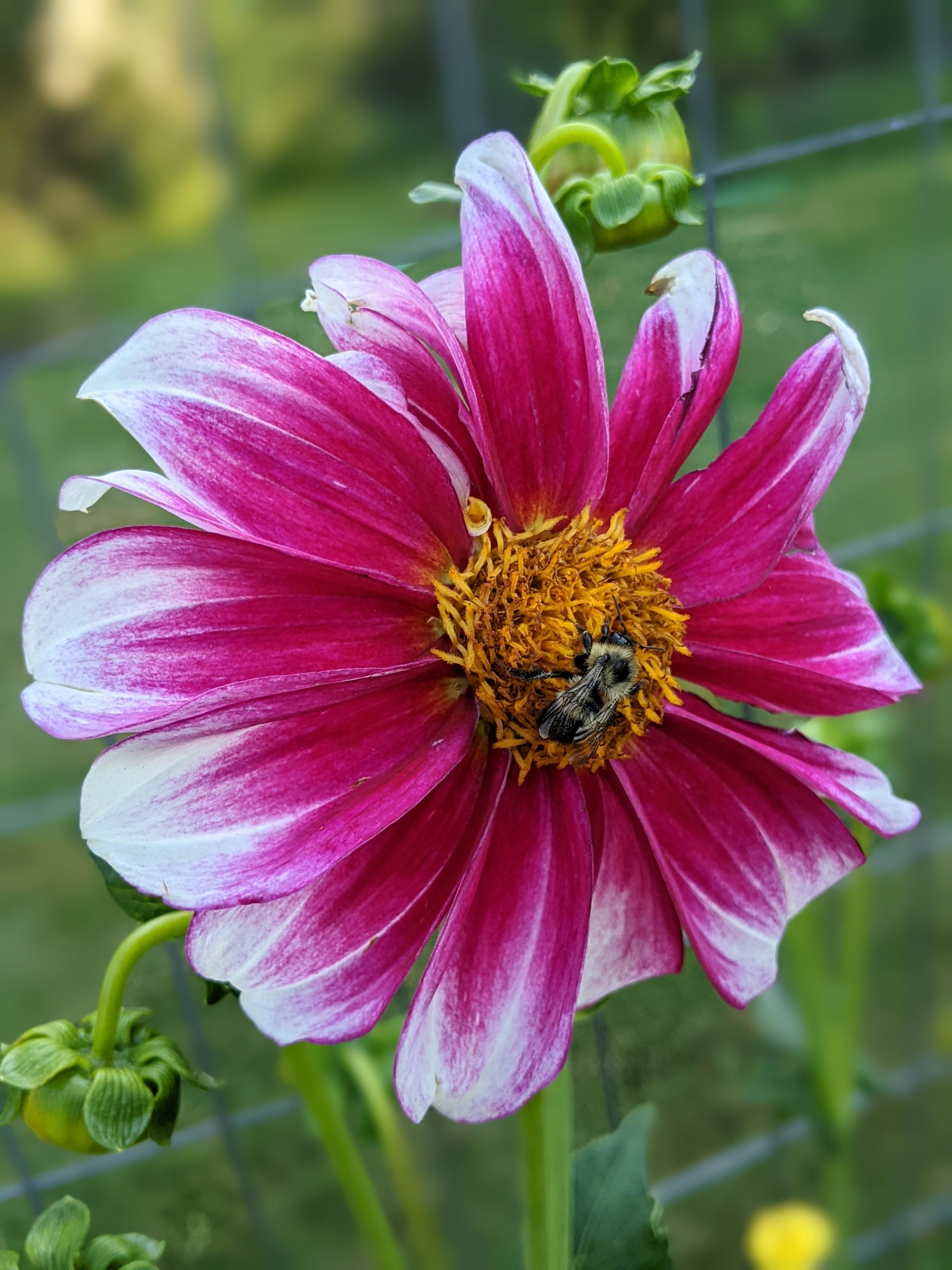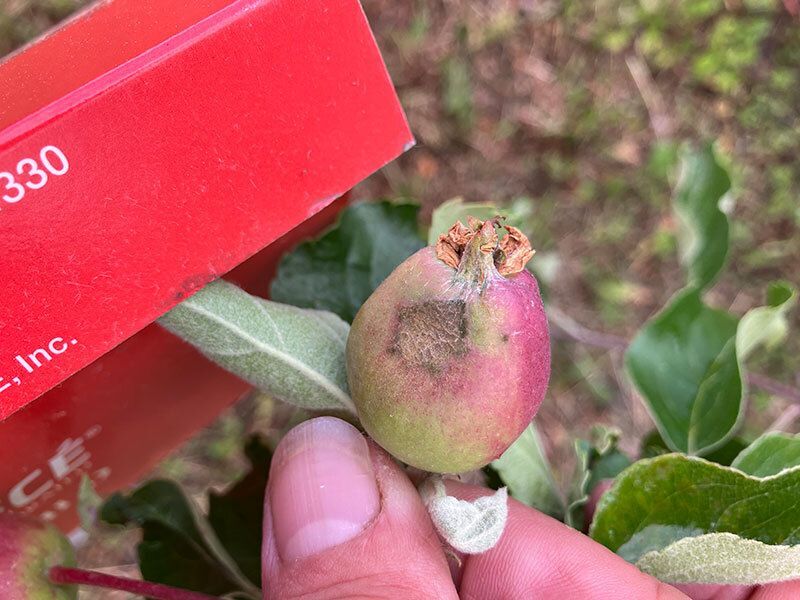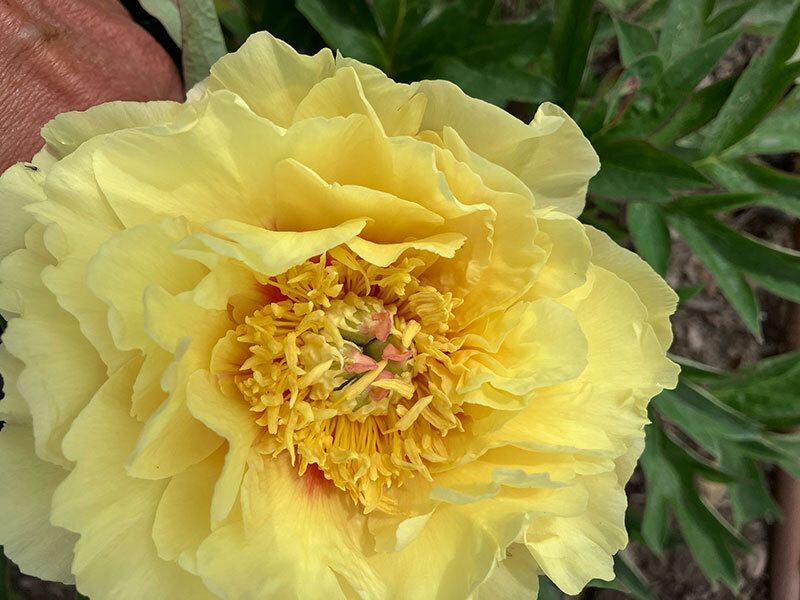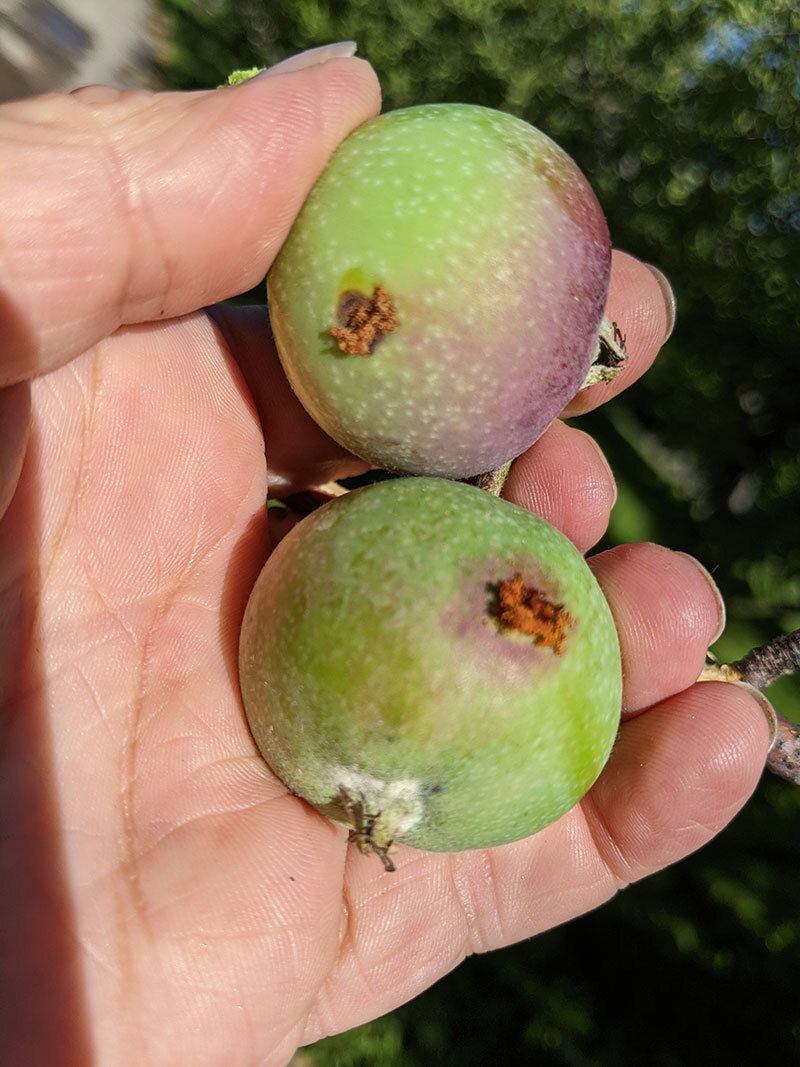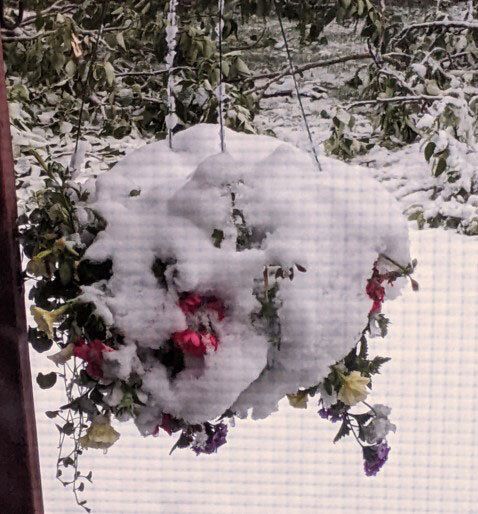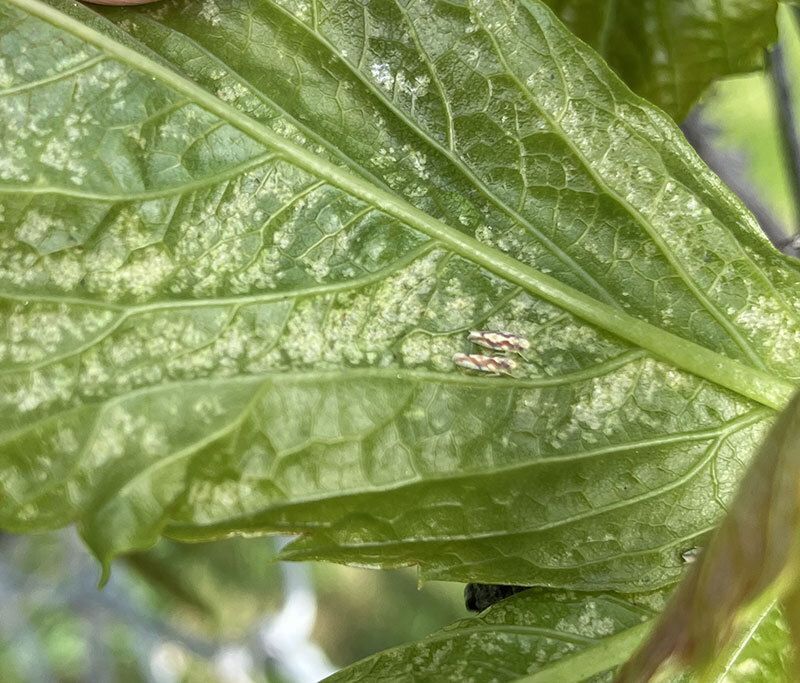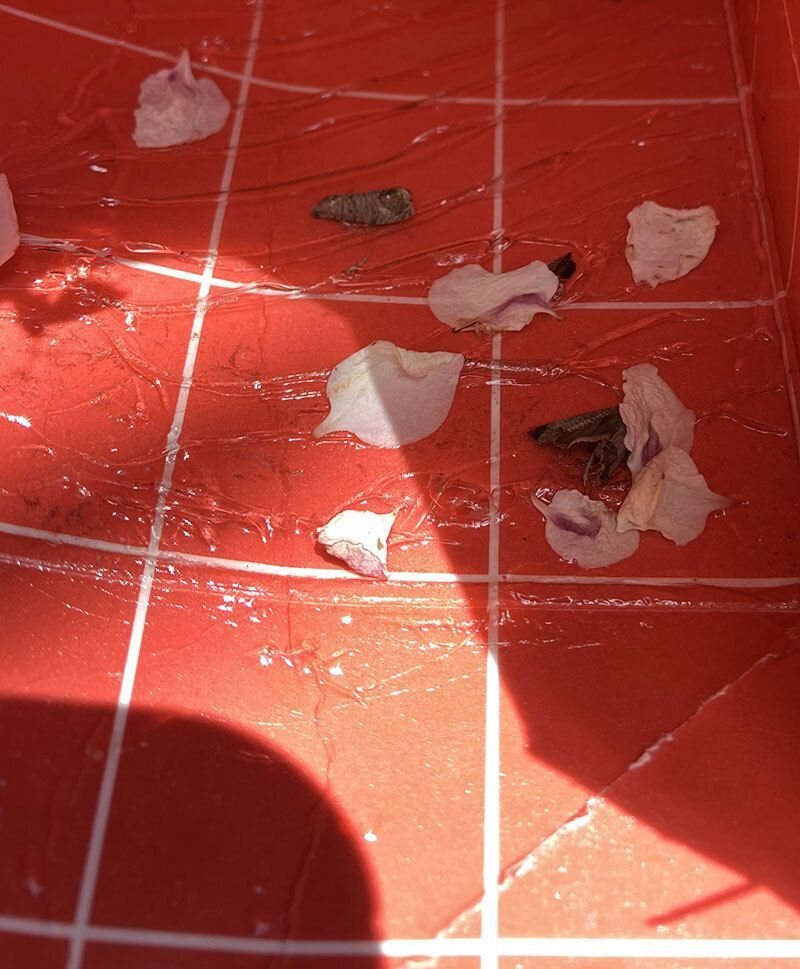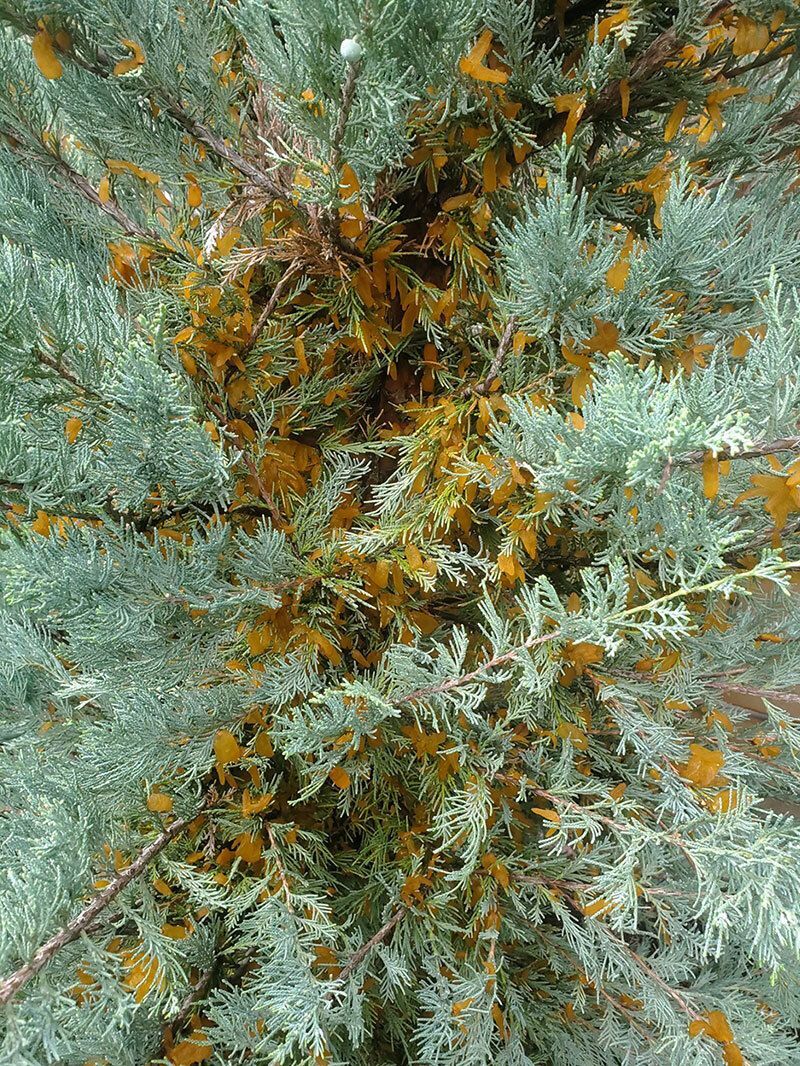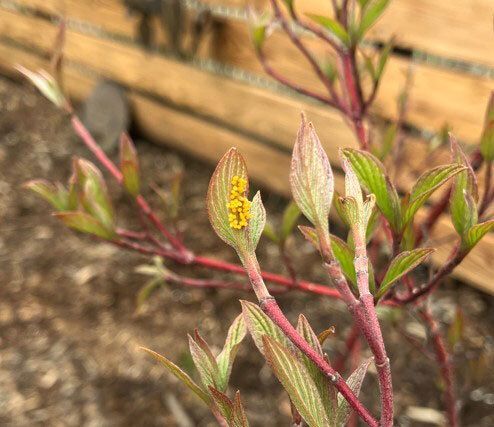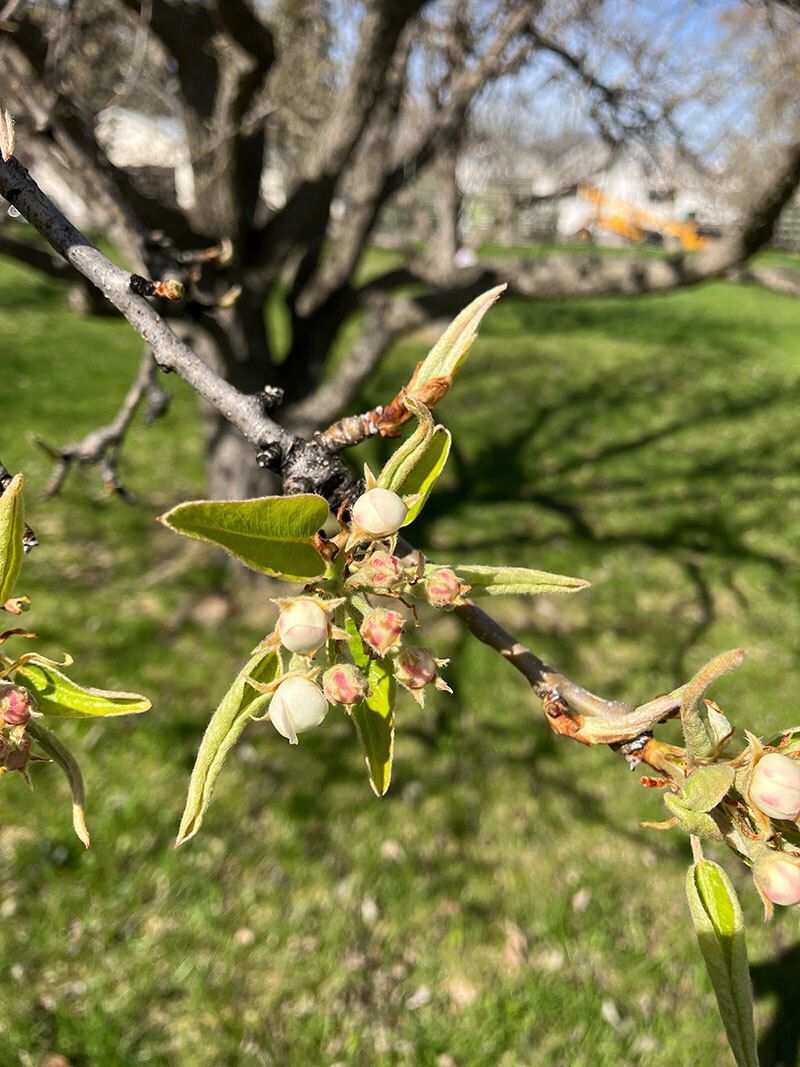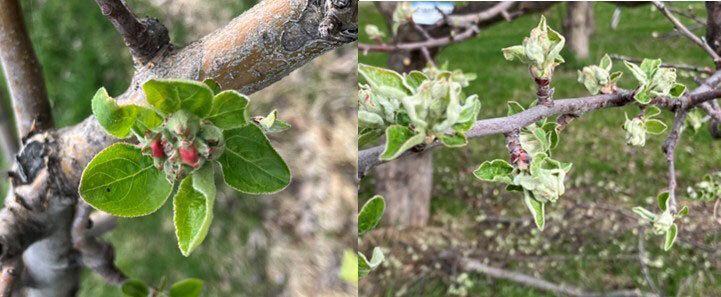To hear a recording of the most recent Pest Alert, call (406) 258-3820.
Preparing the Yard and garden for winter.
Time to cut back on water, no fertilizing, harvesting fruits and vegetables, frost possible
Poplar borers are on aspen trees now. Pick up any fallen apples to help control codling moths. Cut out webworm infested caterpillar branches. Black rotten spots on tomatoes is called blossom end rot caused by a watering imbalance.
Missoula County Pest Alert Message August 12, 2025 Continue to water fruit and berry crops, one more spray for codling moth, watch out for cabbage aphid on cole crops
Missoula County Pest Alert Message for July 29, 2025. Watering/calcium deficiency causes blossom end rot. poplar borers are active now. Deep soak trees every 7-10 days
July 15, 2025 Pest Alert Message - keep spraying apples and cherries(thru harvest) for worms in fruit. Curled tomato leaves explanation Missoula Iris rhizome sale
keep plants well watered in hot weather, still keep spraying for codling moth, treat grasshoppers with a carbaryl treated bran bait
Keep spraying for apple and cherry worms. Prune out fireblight strikes(dead branches). Deep soak trees and shrubs every 7-10 days in hot weather.
Missoula County Pest Alert Hotline June 24, 2025
Mow knapweed & treat bindweed. Time to spray apples and cherries.
Time to spray for codling moth in apples and cherry fruit fly in cherries, leafminers and flea beetles are still active
Time to spray for codling moth, traps for earwigs and slugs, pheromones' for Mountain Pine Beetle
June 3, 2025 Pest Alert Message Time to spray for your worms in the apples, deep soak your trees
Elm & birch leafminers are out, check for powdery mildew, not time to spray yet for codling moth, soil temperature 60 degrees, sawfly larva is active.
Pest Alert Message May,20 2025 Too soon to spray for codling moth, soil temperature is 55 degrees, last frost date has passed but still be careful on planting warm season vegetables and annuals
Pet Alert Message - FIREBLIGHT RISK HIGH! soil temperature 55 degrees, spray copper fungicide to prevent peach leaf curl
Demonstrates Importance of Reading Label Ingredients
Pest Alert May 5th, put out codling moth traps, spray spruce cooley adelgid, soil temp 51 degrees
Pest Alert Message, plums and pears blooming to early to spray for fruit pests. soil temperature is 51 degrees. Spray for blister mites on Mountain Ash
Pest Alert Message, apples at p[ink tip, soil temperature 47 degrees time to plant peas, onions, lettuce
Apricots, blooming, spray ash leaf curl aphids, soil temperatures 46 degrees
Pest Alerts for April 8 2025, pruning, dormant sprays, soil amendments for gardens
Pest Alert Message, prune now, spray dormant oil, soil 42 degrees
It's Time to Prune
Prepare plants for winter by decreasing irrigation. In Missoula we are behind the average precipitation for the year, but we don’t want trees and shrubs going dry into winter.
It is possible for us to get a frost any time in mid-September. Now is the time to pay attention to night-time temperatures. If temperatures below 40 F are predicted, make sure you have frost protection on hand for frost susceptible plants, like basil or tomatoes.
You have probably noticed a shift to cooler nights. It will be time soon to slowly start decreasing the amount
of irrigation to woody shrubs and ornamentals so they will start to slow their growth and get ready for fall
and winter. The exception is fruit trees with fruit crops on them.
Powdery mildew is being seen on maple trees now, try to keep water off leaves, or water mid morning to give the foliage time to dry. In vegetable gardens, start to decrease irrigation water on tomatoes, winter squash, potatoes and onions to encourage ripening and drying for winter storage.
There are few serious insect pests at this point in the summer. Probably one more spray on your apples for codling moth if you have not done so, unless its an early variety like transparent that will be ripe soon. Pick up any fallen apples off the ground as this will help reduce the numbers of codling moths for next year.
Black rotten looking spots on the bottom of your tomatoes or peppers is called blossom end rot. We are seeing Poplar borer egg-laying activity (fresh sawdust and sap running) on Aspen tree trunks Check out the Western Montana Fair this week! Guided Tours of Rocky Mountain Gardens
We are still applying Codling moth sprays. We are still catching moths Whatever spray you use, plan to spray again in according to label directions. It is good to rotate different sprays so the bugs don’t develop a resistance. We will be spraying till middle of August for the Codling Moths.
Knapweed is at full- bloom to seed setting. Mow knapweed to diminish seed dispersal ASAP.
Keep water off of vegetable garden plant foliage to avoid disease, or water early in the day so the water evaporates off the foliage.
Slugs and earwigs are very active in our flowers and gardens right now, try to water alittle longer but not as often so soils can dry out a bit.
he hot dry weather that is predicted will keep disease problems at a minimum. Keep plants well-watered, but keep irrigation water off of branches and leaves to avoid new disease infection. You may want to move potted vegetable plants out of full day sun, they will be happy to have some afternoon shade.
We are seeing evidence of codling moth worms inside developing apples. If you want clean apples follow your spray of choice reapplication recommendations. WE have caught the western cherry fruit fly at multiple sites now, so keep spraying for the cherry fruit fly every 7-10 days until harvest is complete. I am starting to see fire blight strikes(dead branches) so keep an eye out on your apple and pear trees
codling moth sprays, aphids, poplar borers
If you have small fruits dropping off of fruit trees, especially apple trees, don’t worry this is just natural “June drop”, or the tree’s natural thinning process.
It’s time to apply the first generation Codling moth spray. Spinosad or neem are some of the least-toxic options. Malathion and permethrin are some of the hard pesticide options. Spray in the evening. It’s still not yet quite time to spray for wormy cherries for the cherry fruit worm (usually when cherries start to show their first color).
It’s not yet time time to spray for codling moths but June 8th will be the start of egg hatch. Spinosad or neem are some least-toxic options. Malathion, acetamiprid , permethrin is the hard pesticide option. Spray in the evening.
We are catching codling moths in pheromone traps this week and monitoring codling moth egg development. It has been slow due to the snow and cold weather. The least-toxic option for codling moth is Spinosad or neem oil. Malathion, Carbaryl, or permethrin are the hard-pesticide options.
Apple trees have mostly finished blooming and are setting fruit. We have caught codling moths in pheromone traps this week. We are counting down until the first of egg hatch. So, it is STILL too early to spray for codling moth but be ready it will happen.
Apples are in full bloom now. We have caught Codling moths in pheromone traps in the Missoula area. If you have traps, check them for Codling moth now. It is too early to spray for Codling moth. Now is a good time to get the spray materials on hand.
Apple, apricot & pear trees are blooming. Some caterpillars are showing up in the landscape, such as eyespotted bud moth, leaf rollers, tent caterpillars and one that looks like a caterpillar but is sawfly larva. Spinosad or Neem oil will control them when they are young.
The much needed rain has really got new growth emerging on trees and shrubs. Apricots, pears, early apples & chokecherries are blooming. Rest of the Apples are at first pink tip stage but It is TOO EARLY to spray fruit trees for pests.
We are seeing forsythia blooming, but most fruit trees except plums have not started blooming yet. Apple buds are at pink tip now, pears are about ready to bloom. Our warm spring weather has gotten things blooming and coming up early this year.
Spring weather is definitely here, teasing us with some hot days then cooler and cool morning temperatures! Some apples varieties are at tight cluster to pink tip now. Service berry & forsythia are blooming, crabapples, hawthorn, chokecherries, current and shrub roses are leafing out. You should be finishing up your pruning now.

